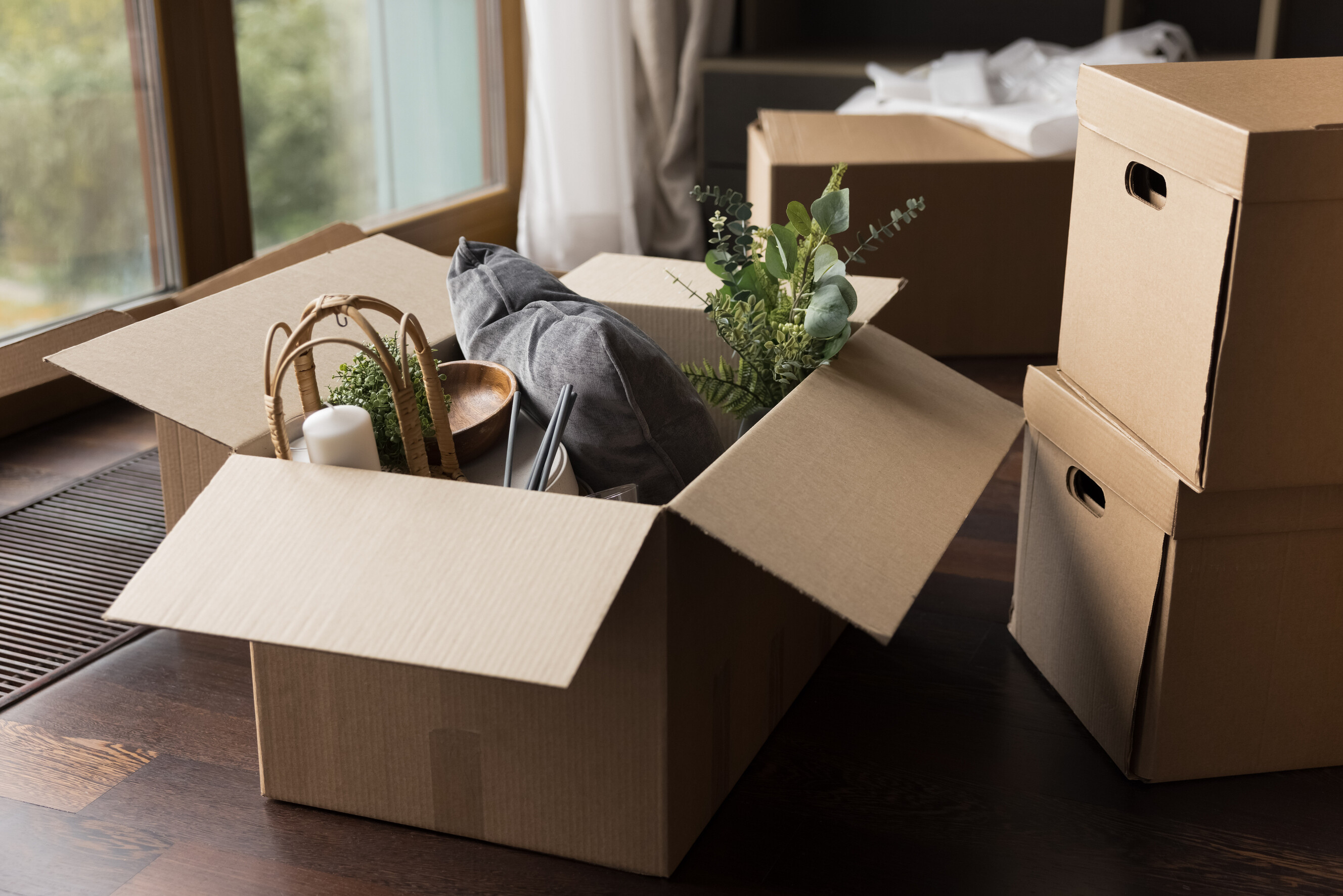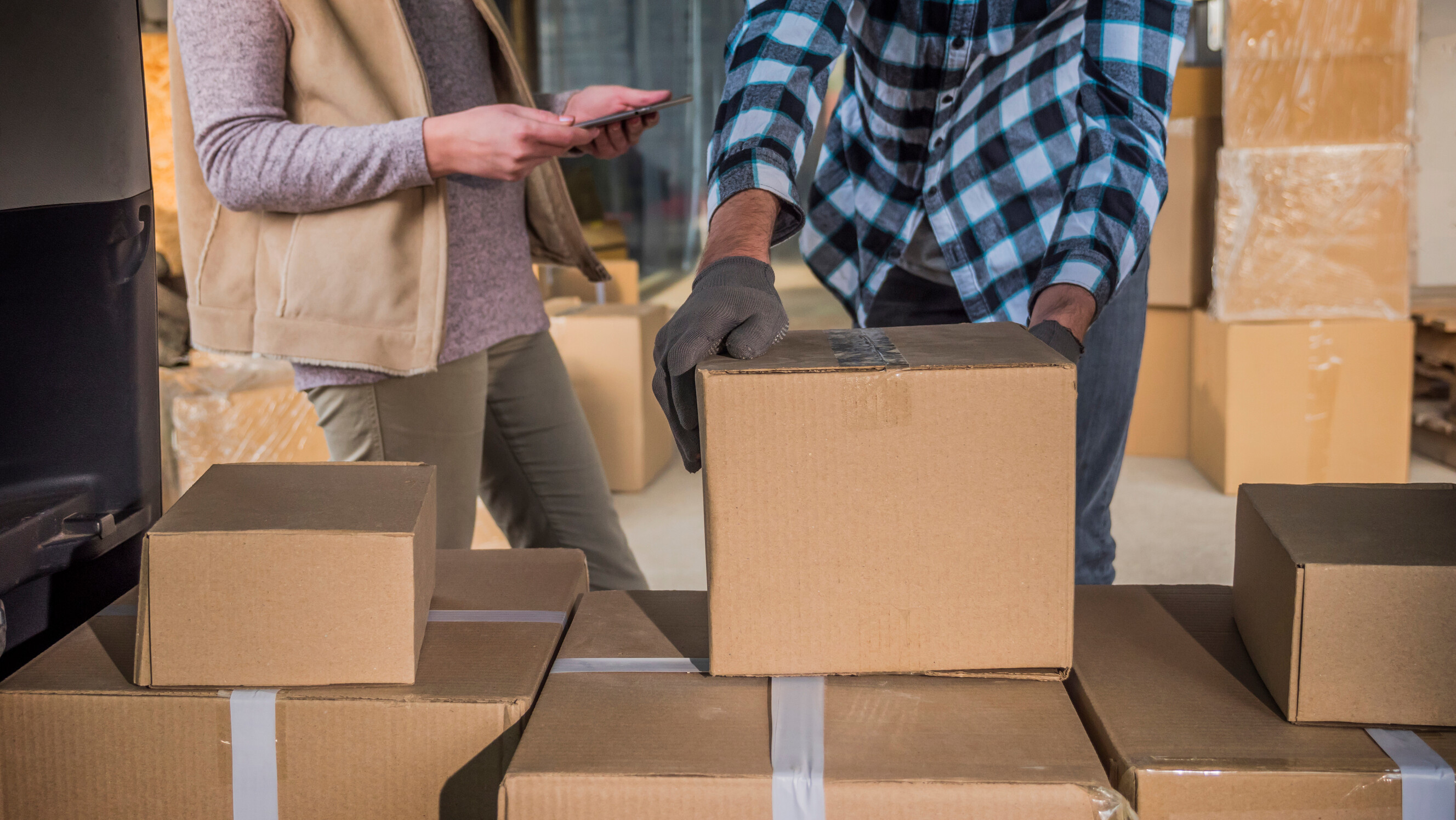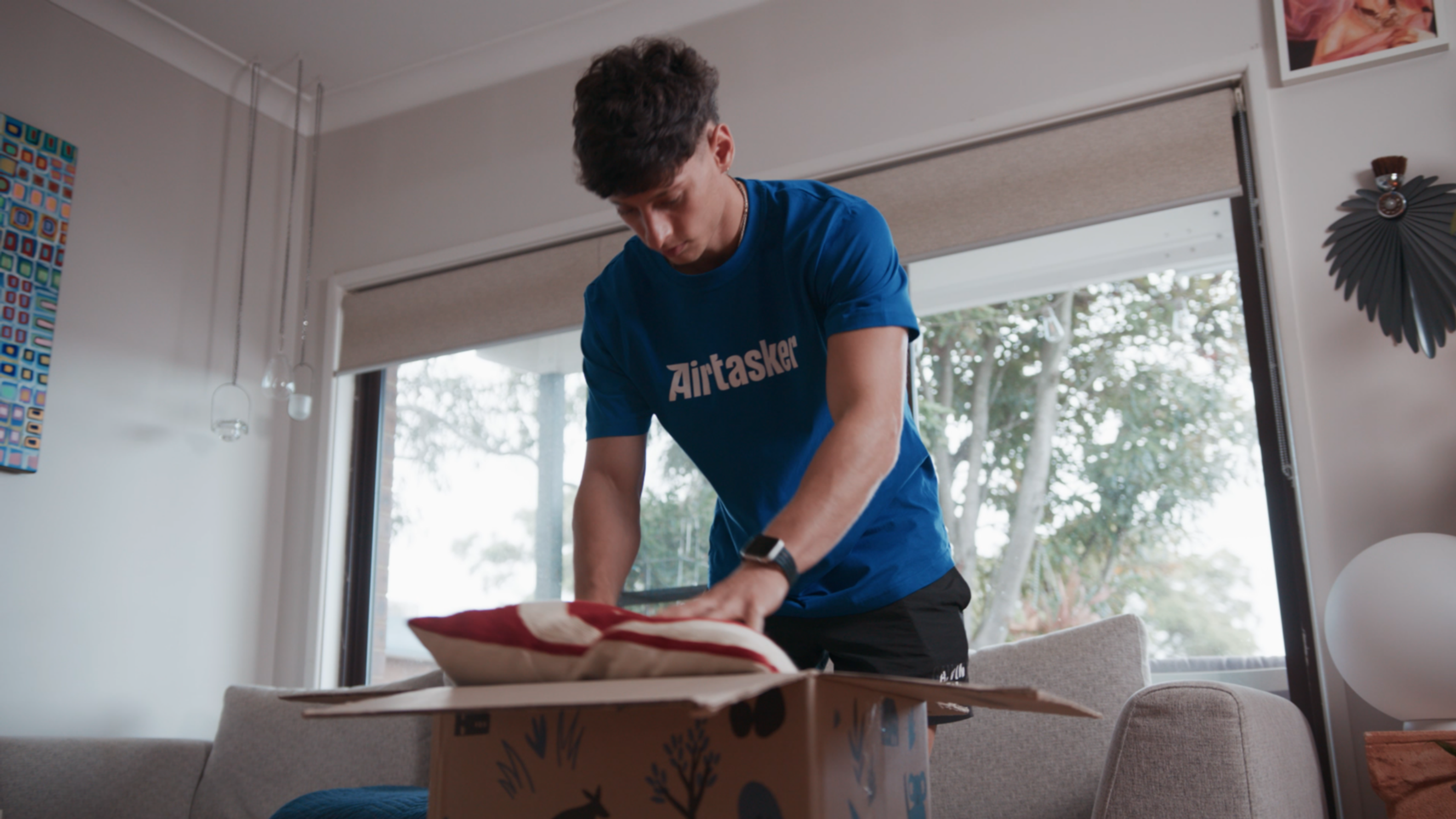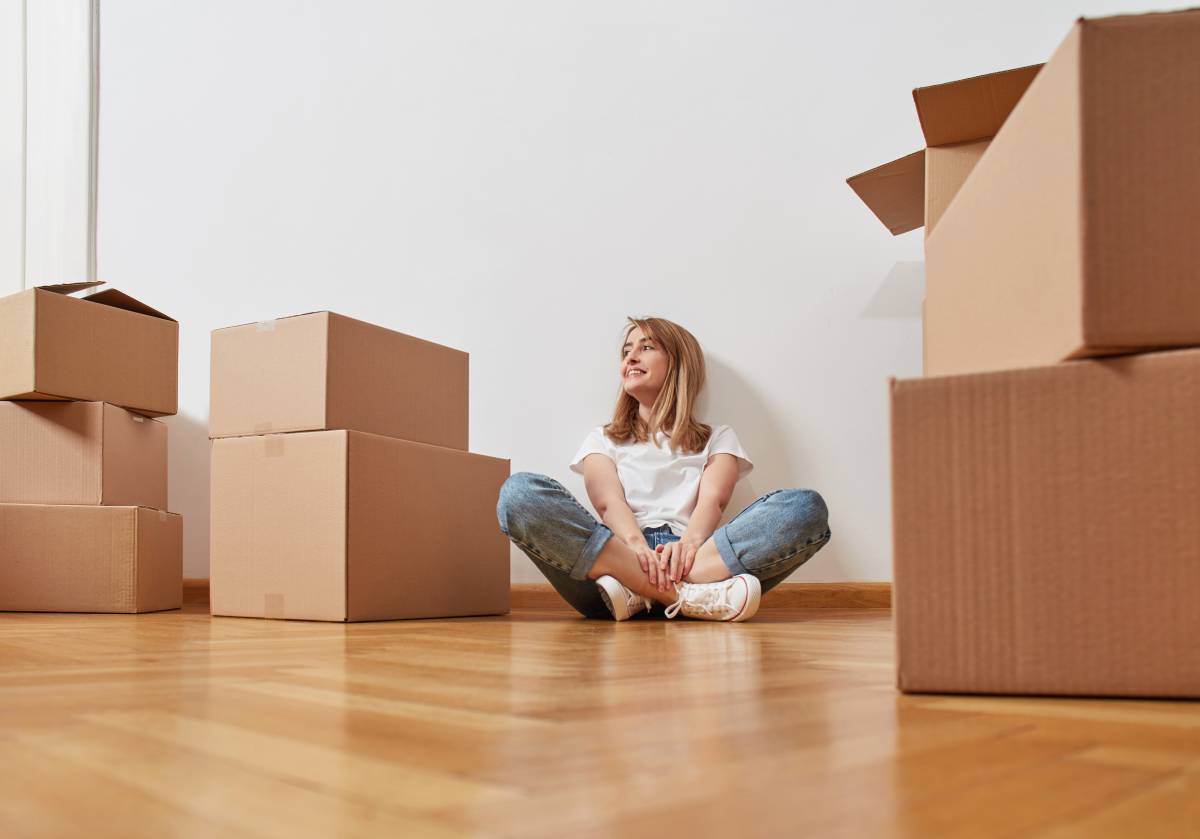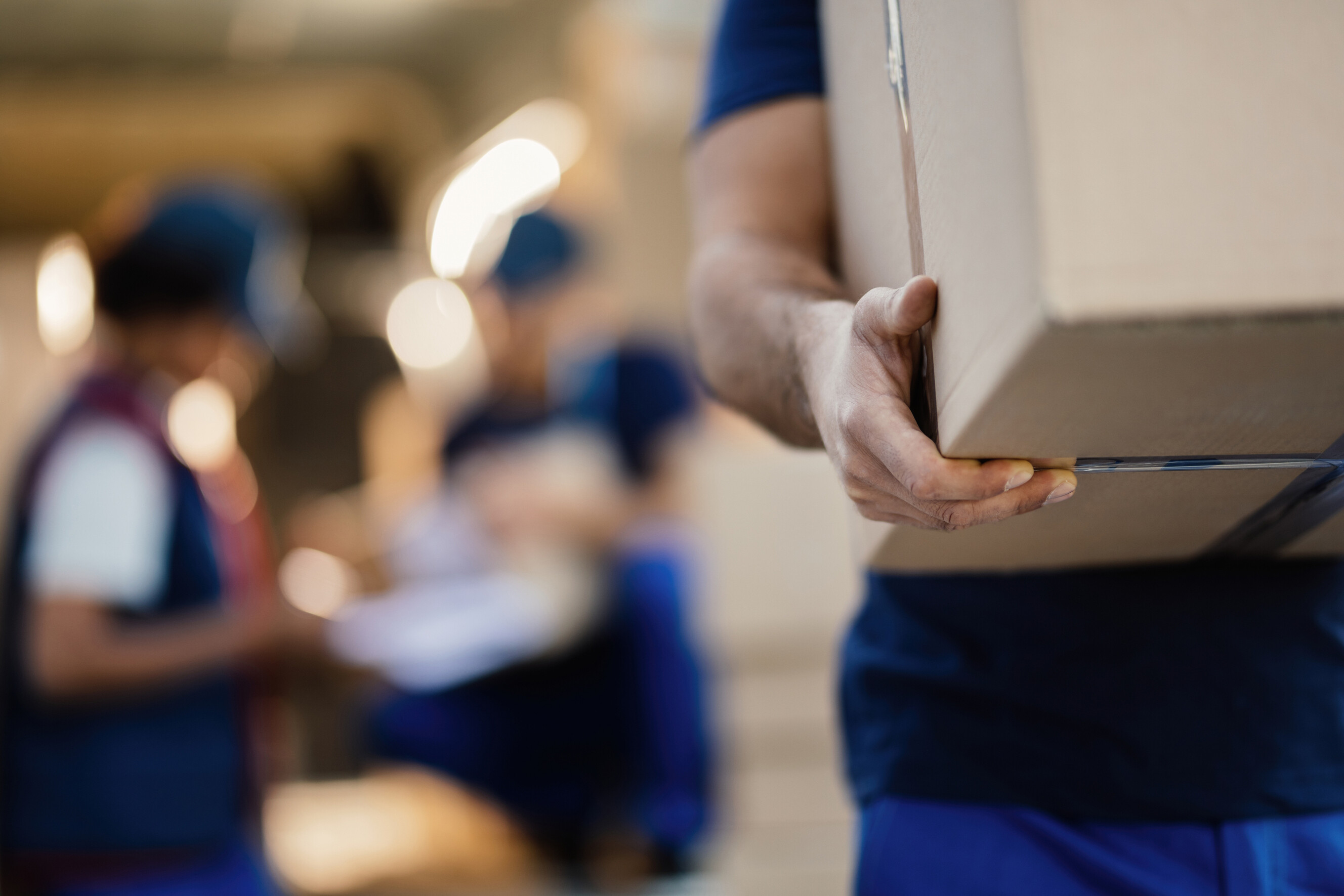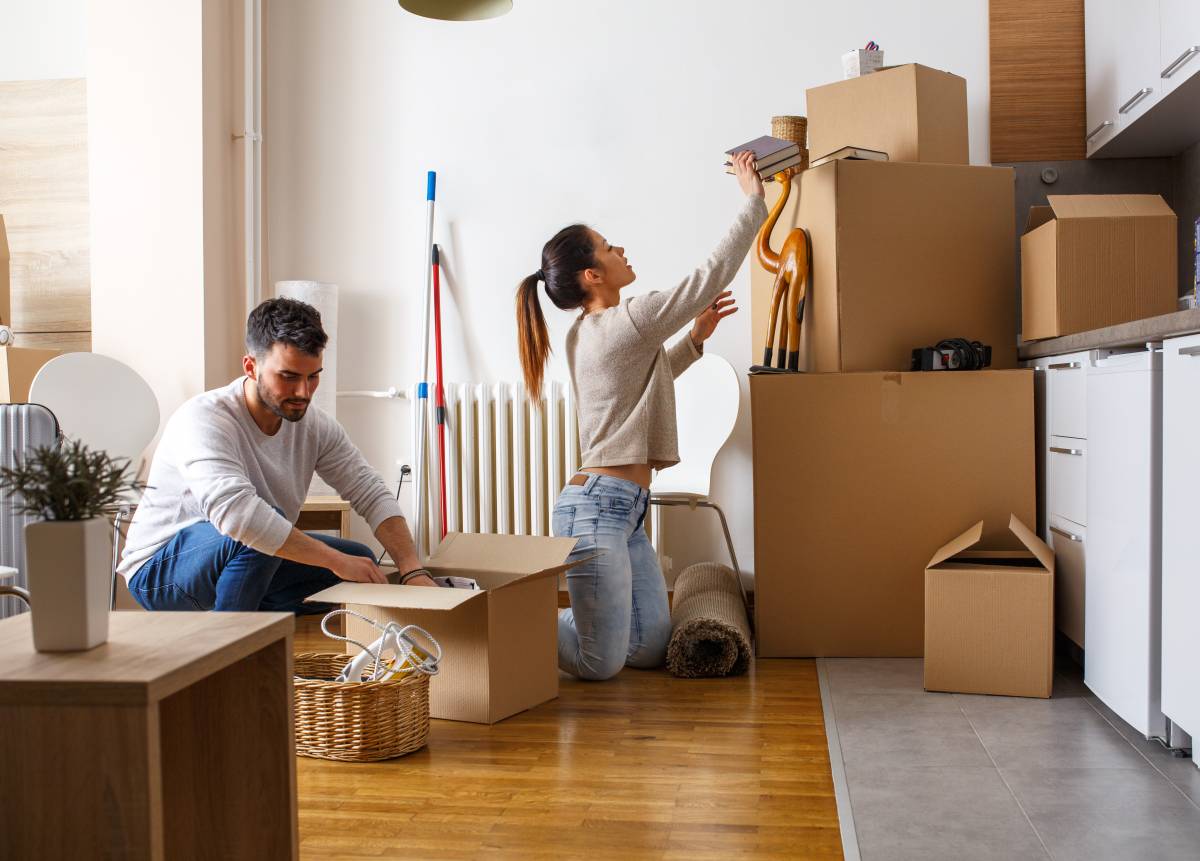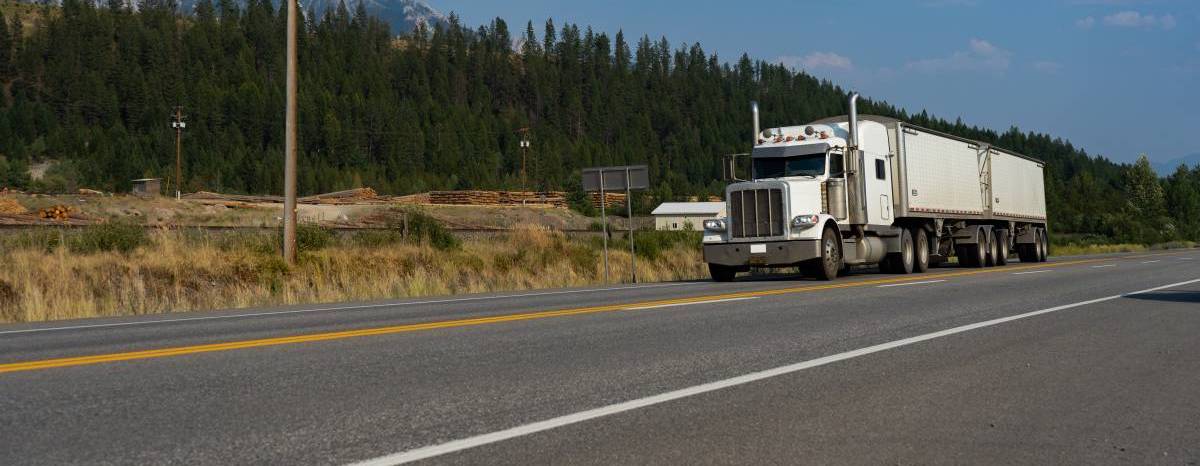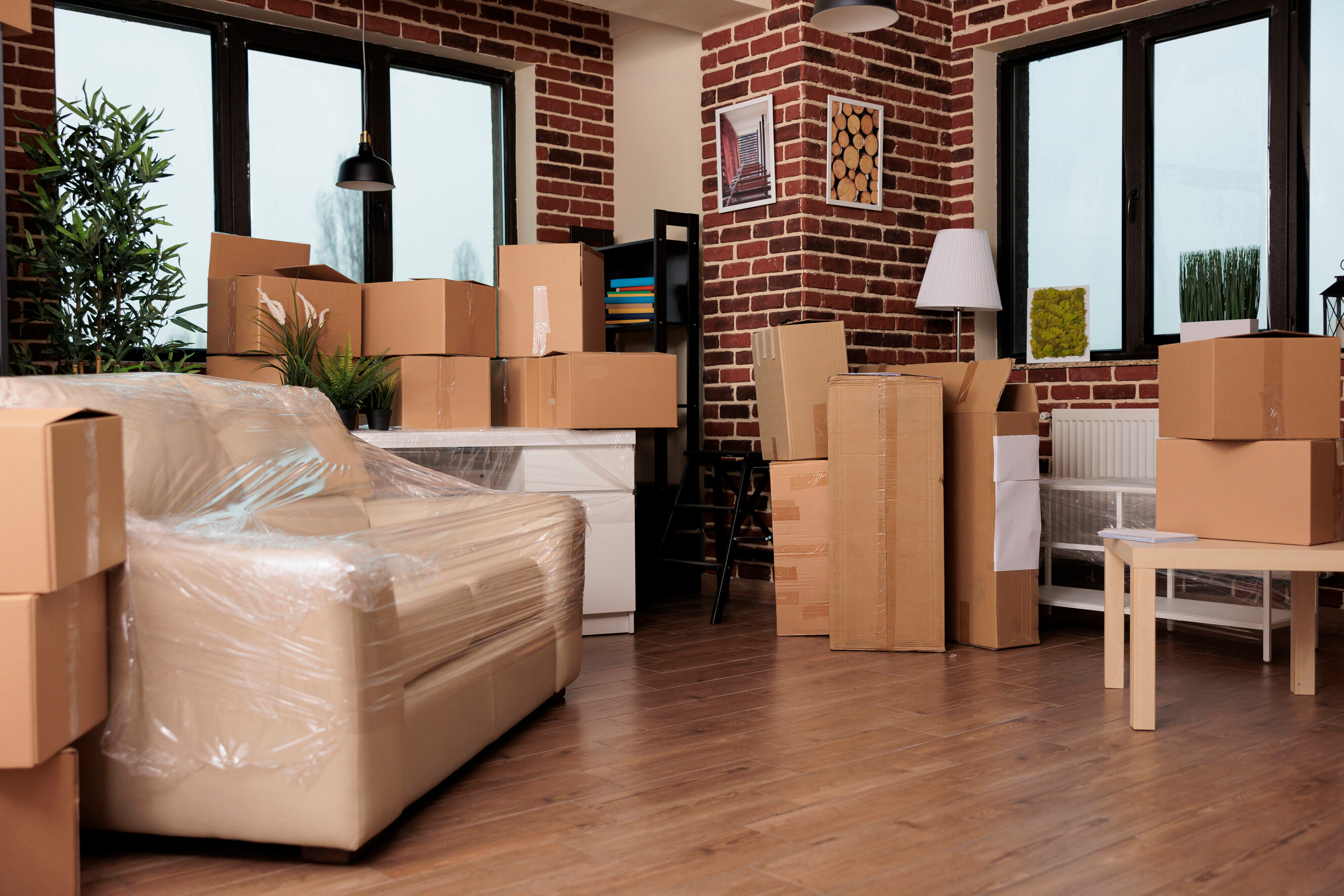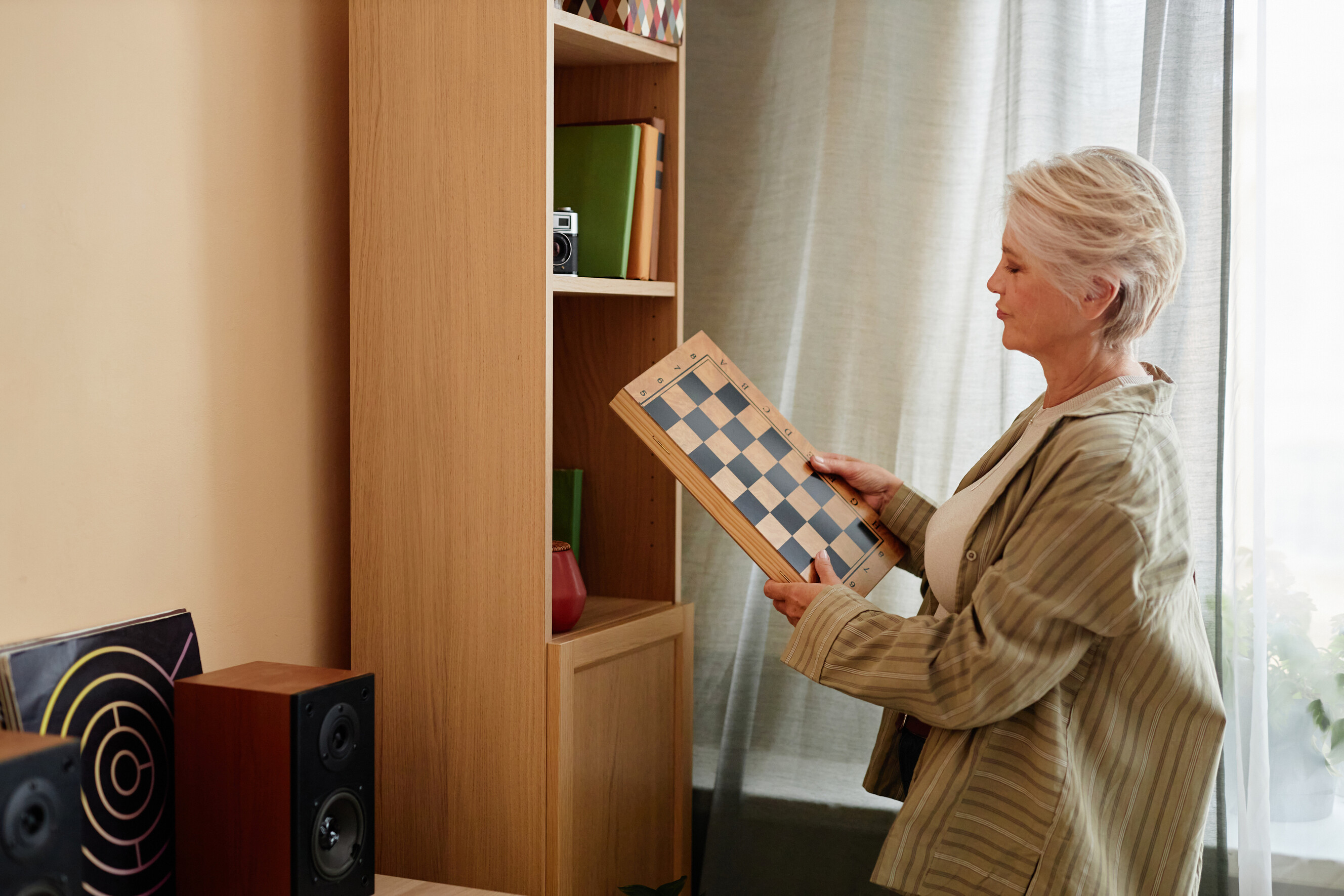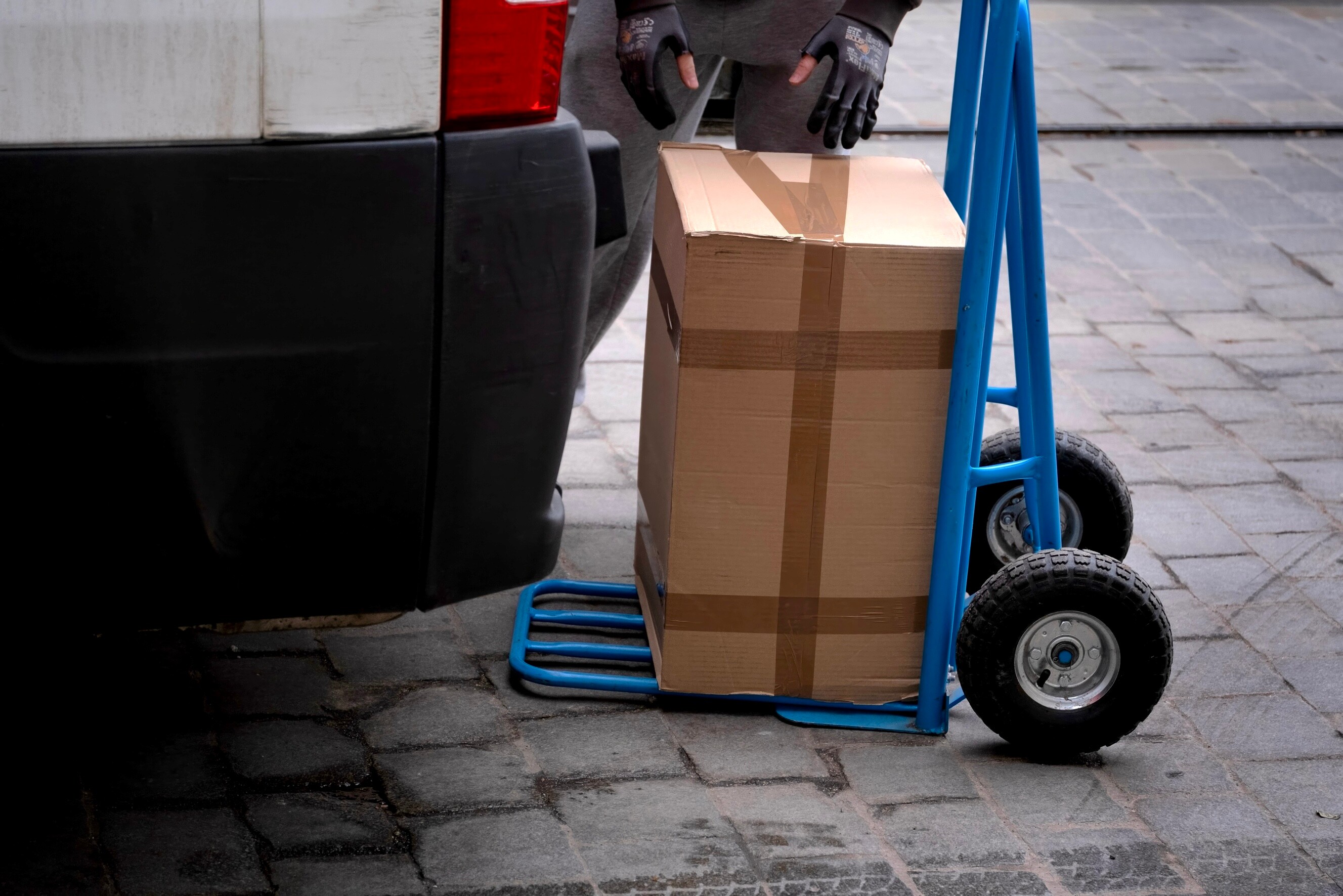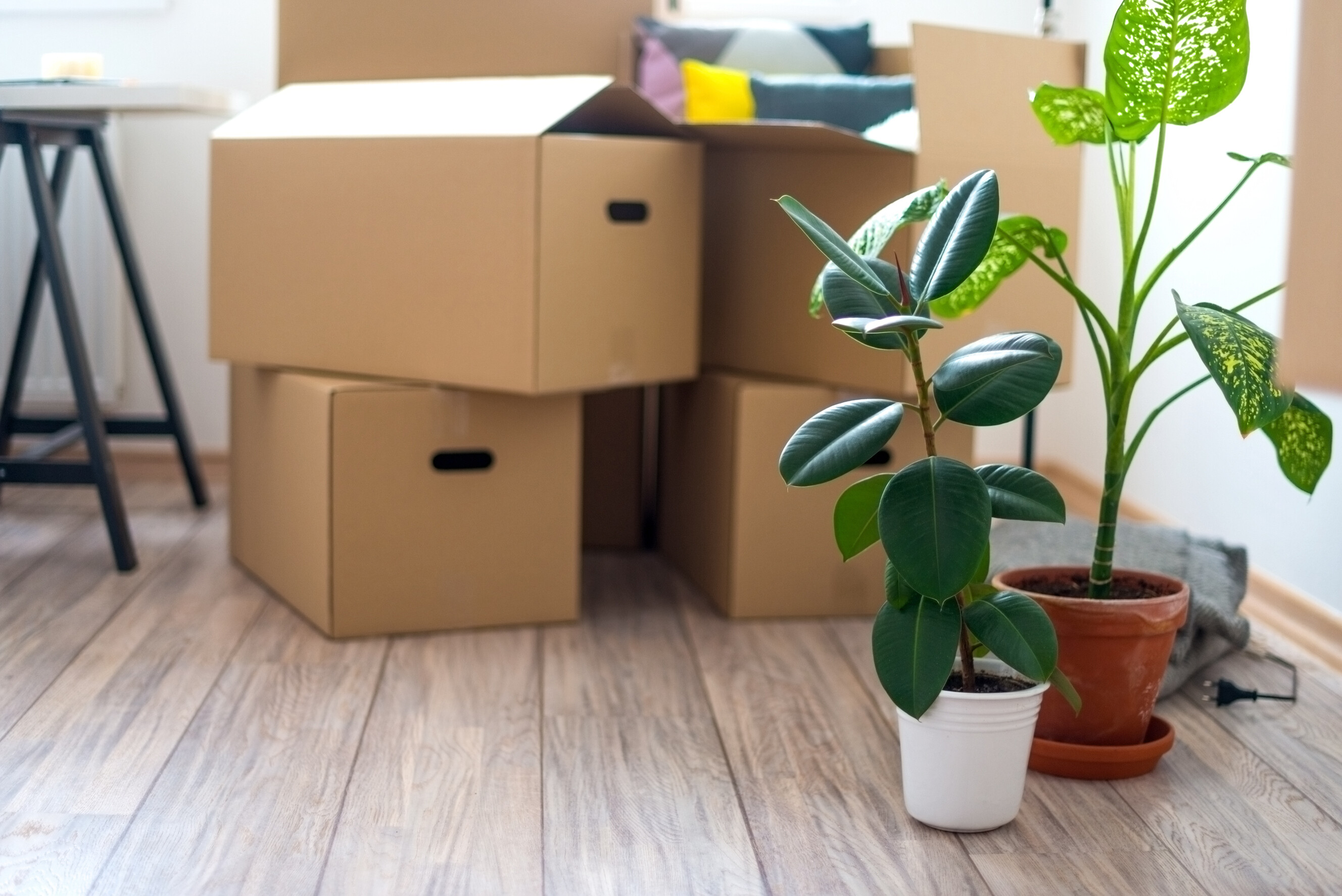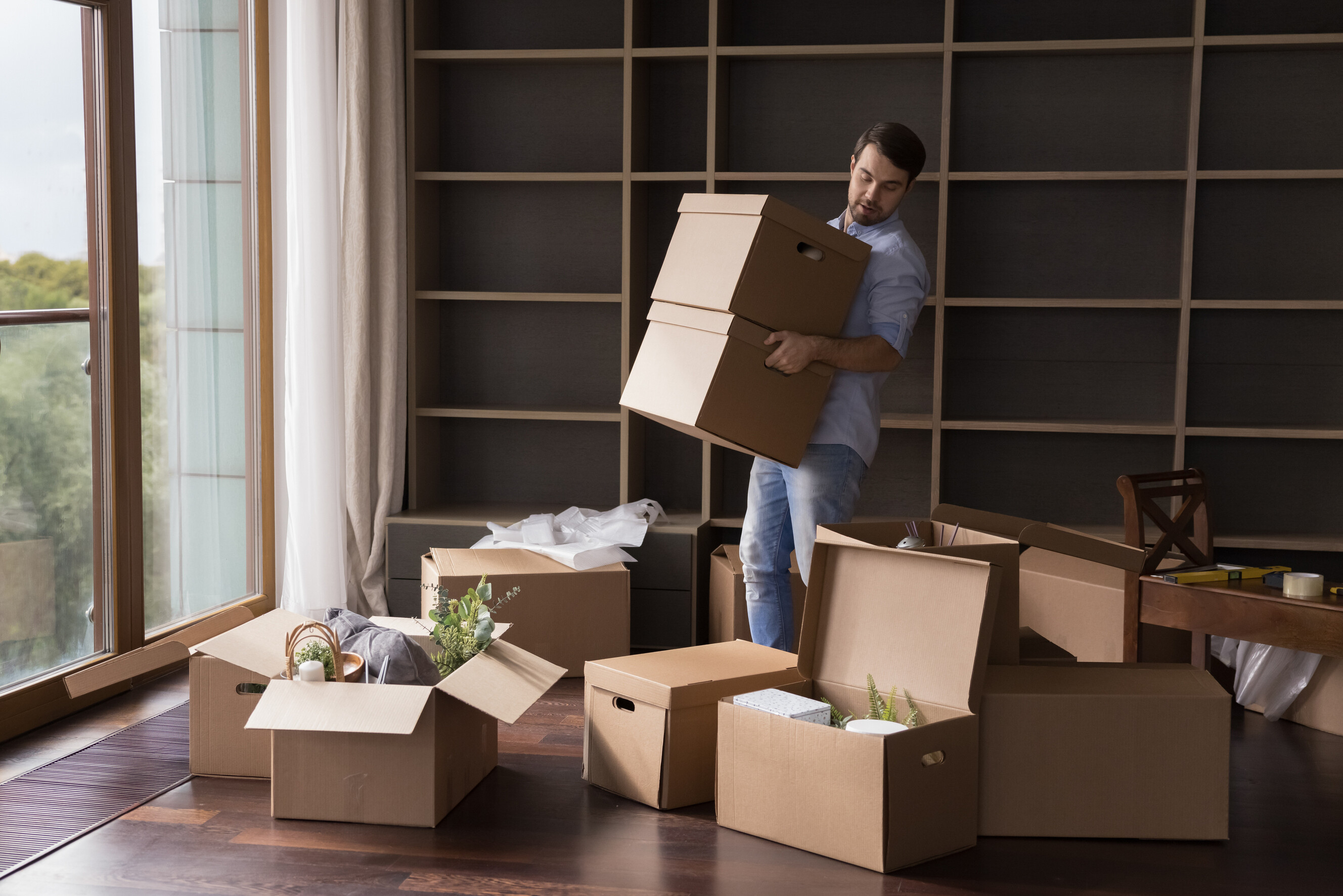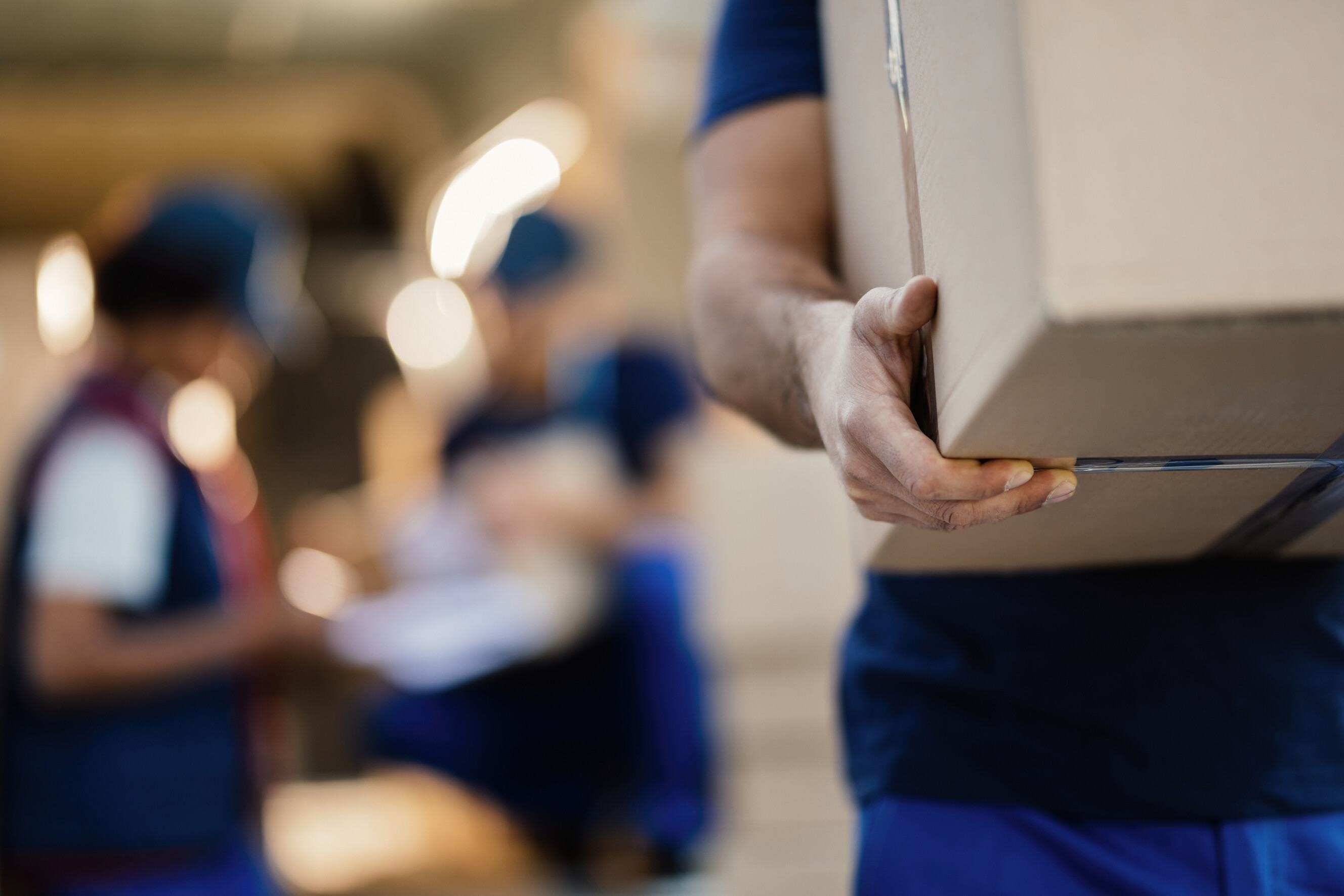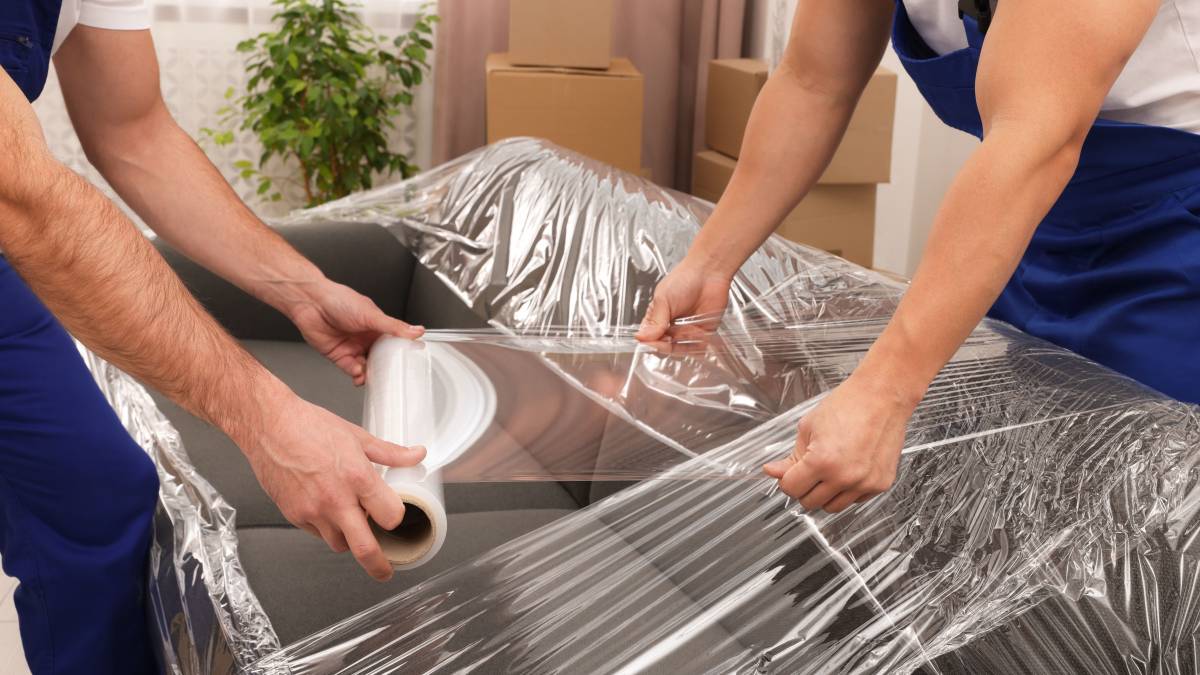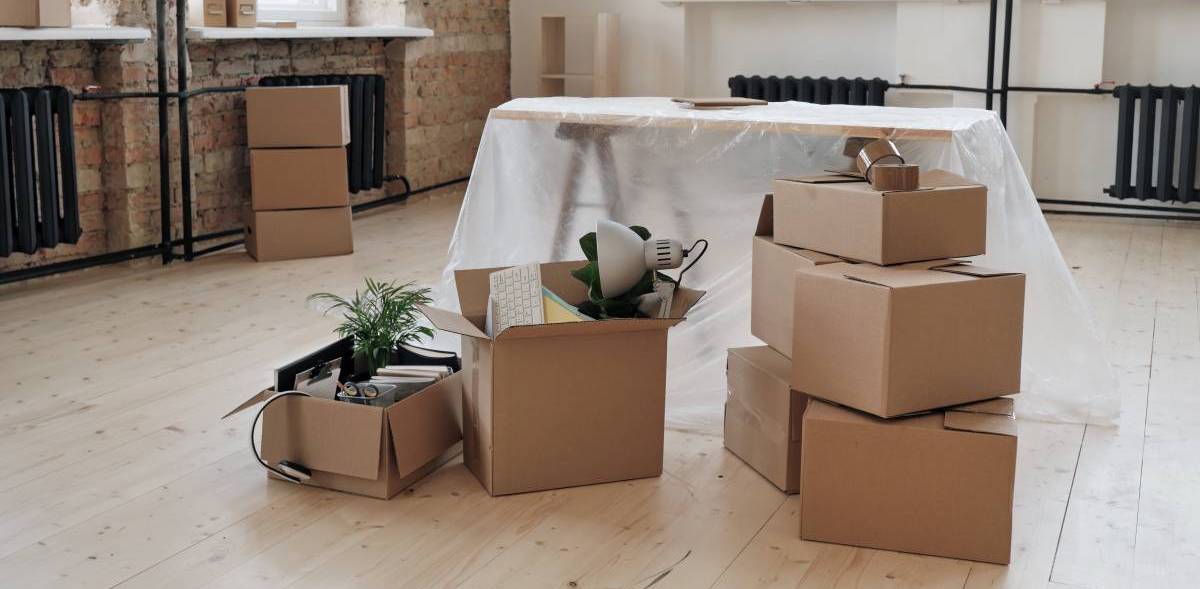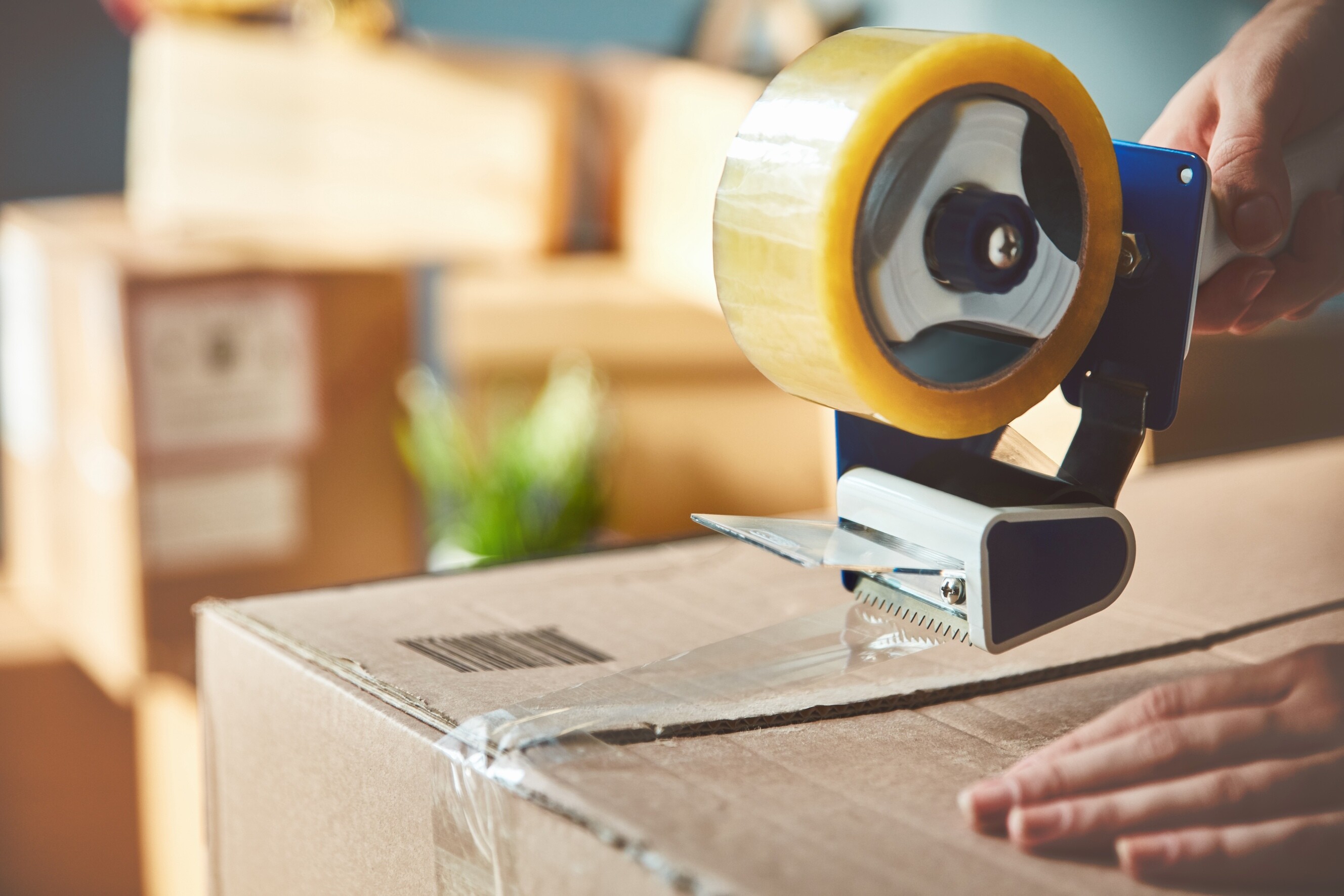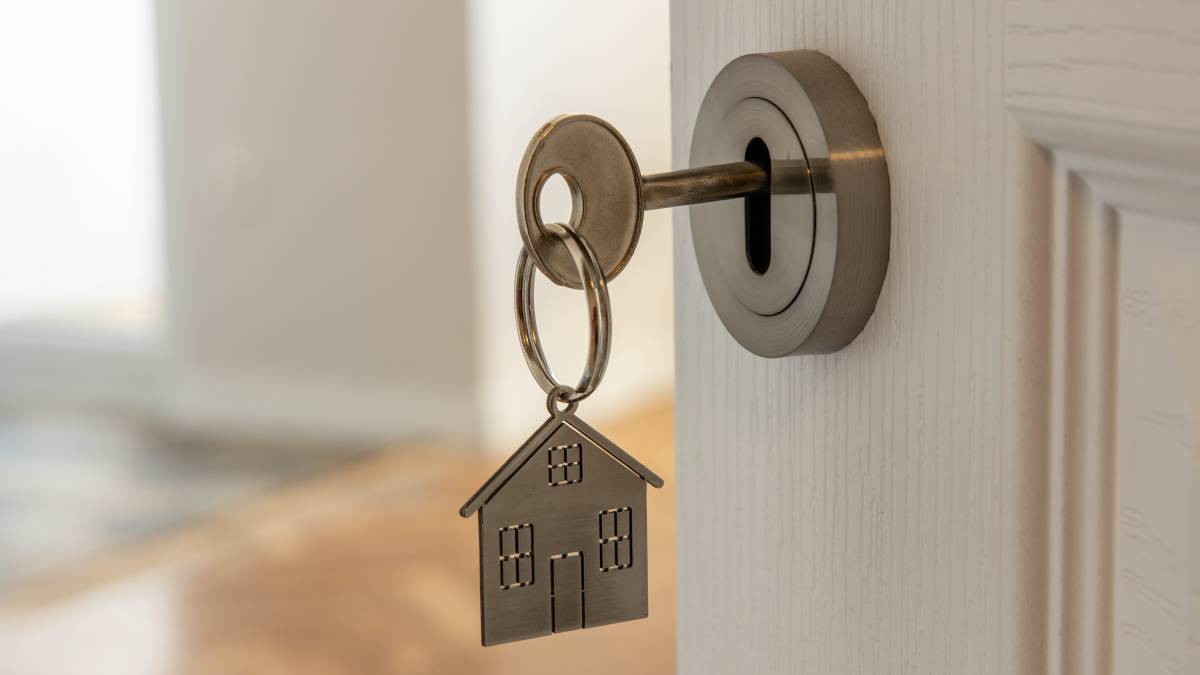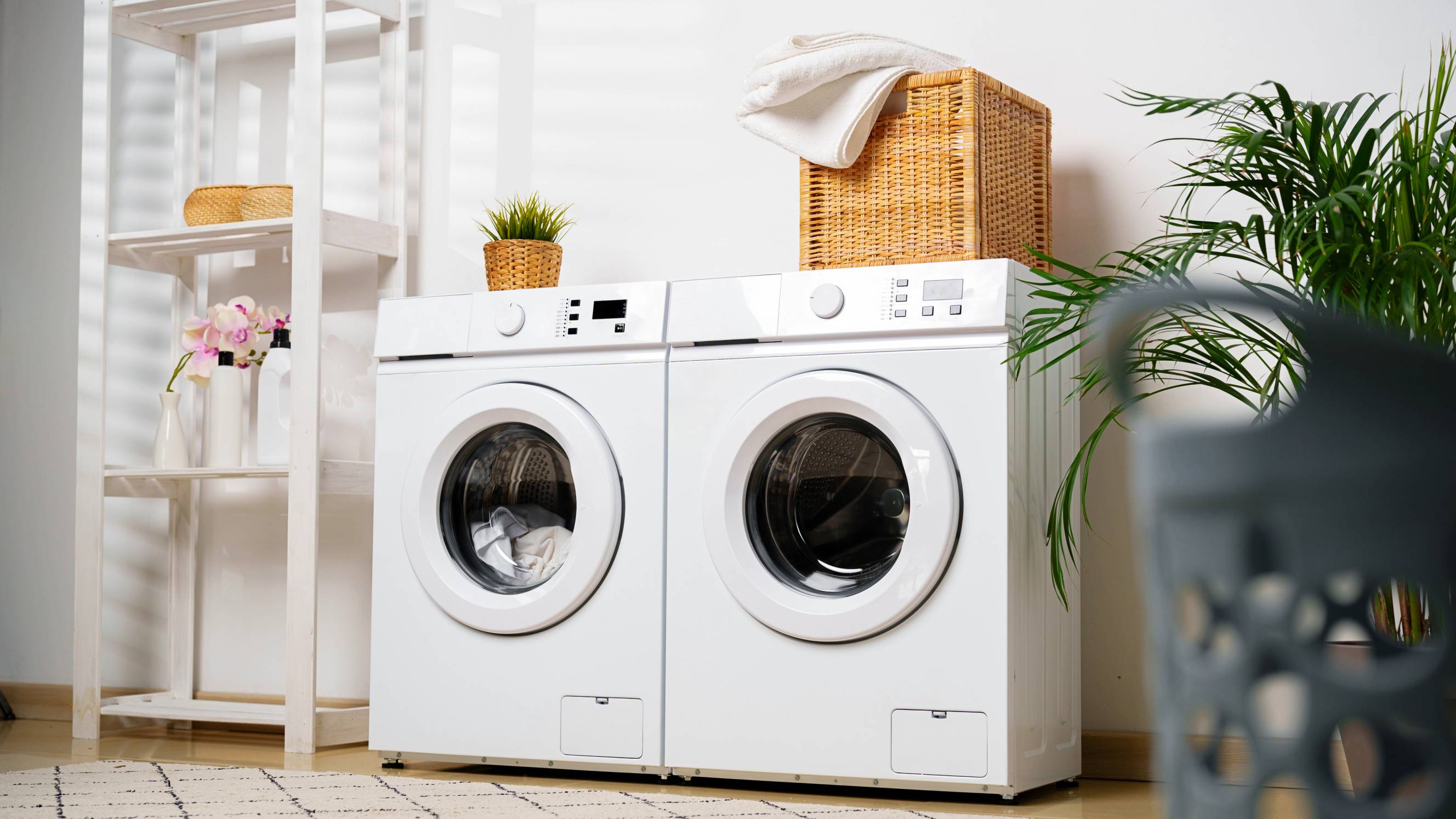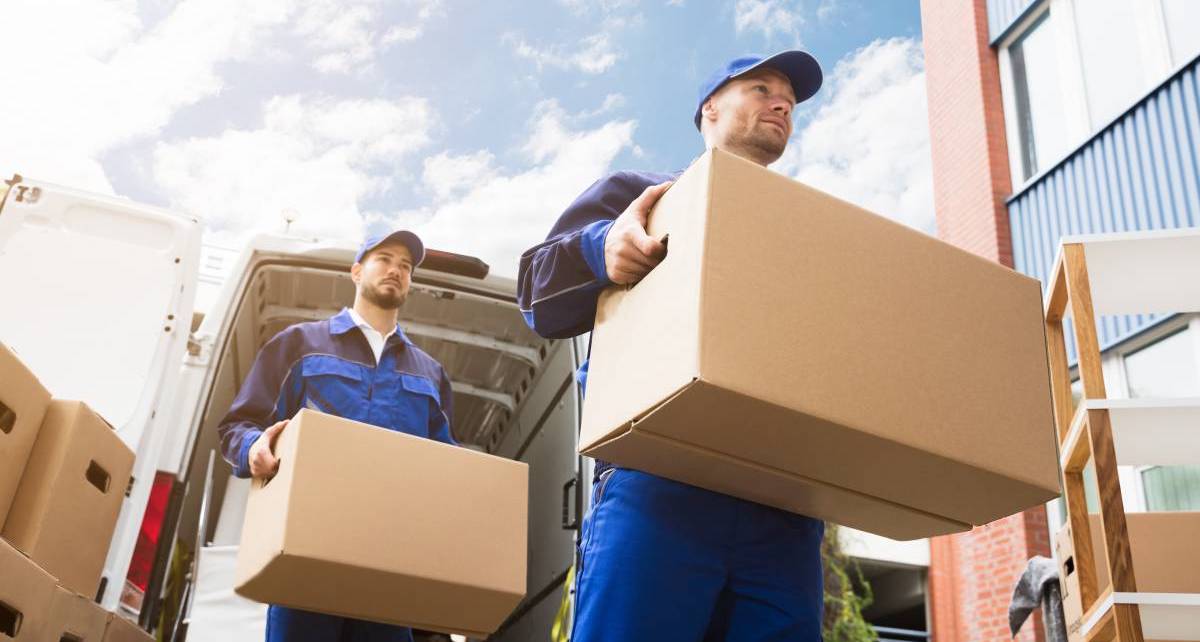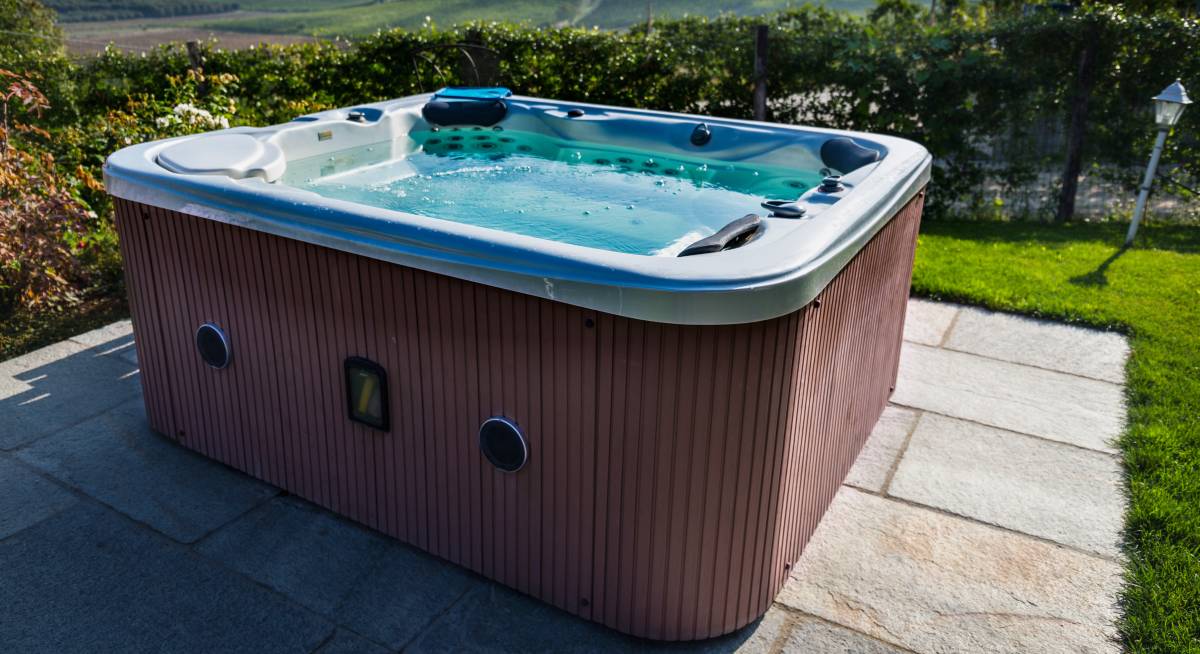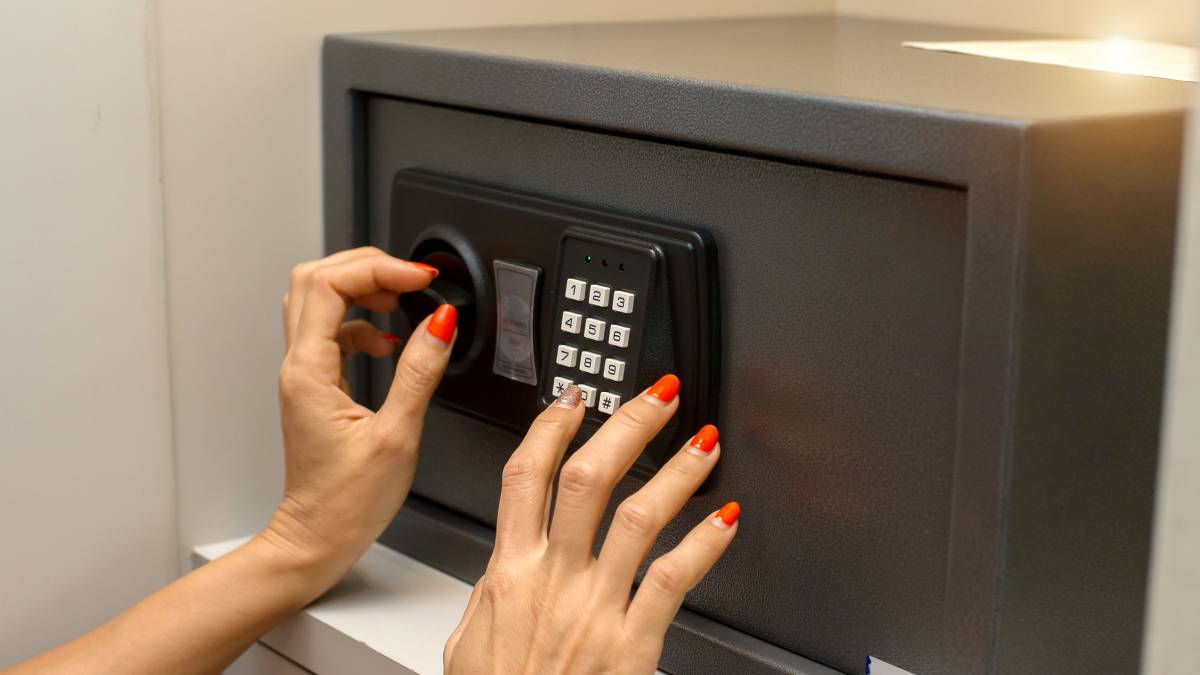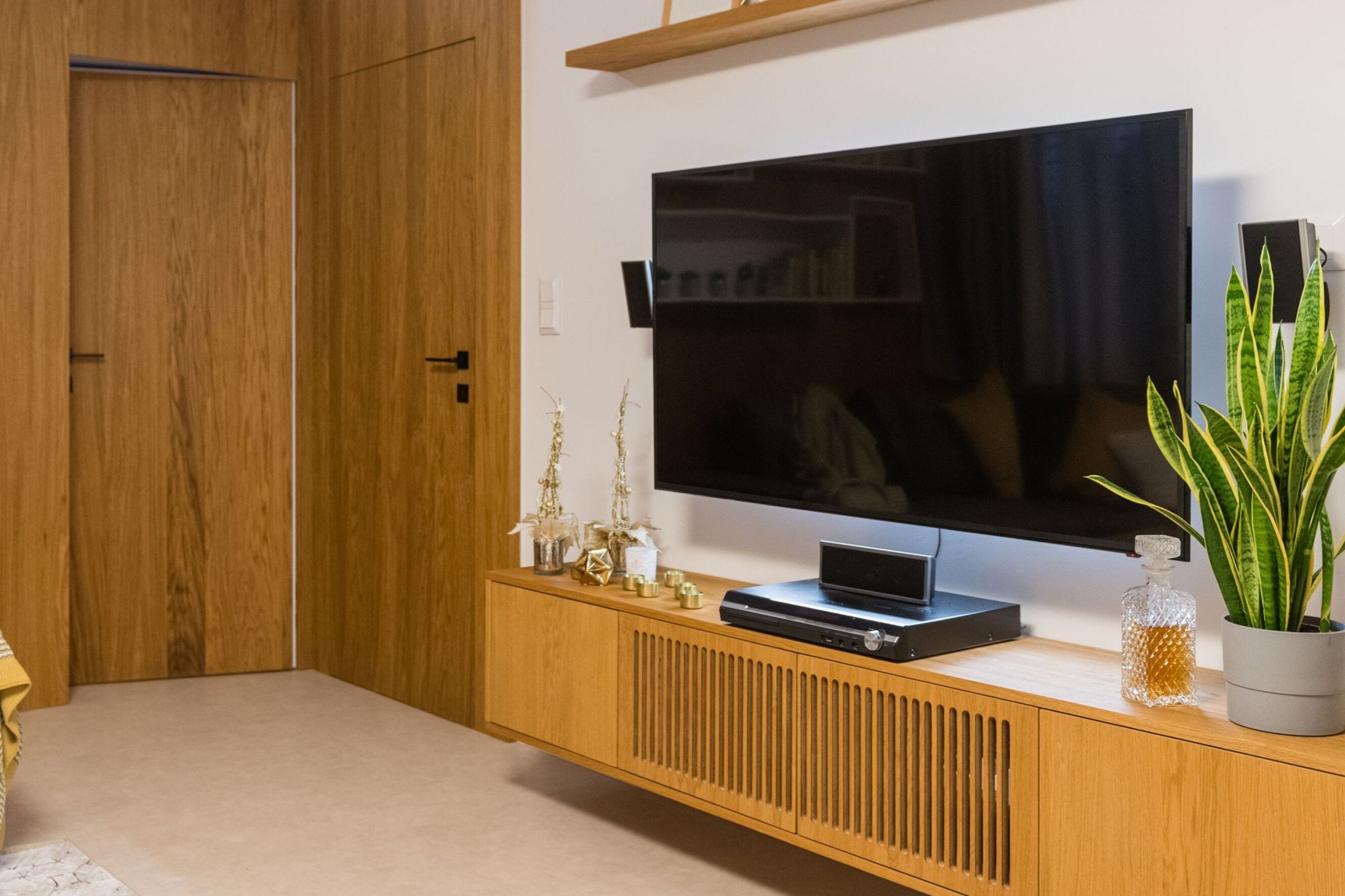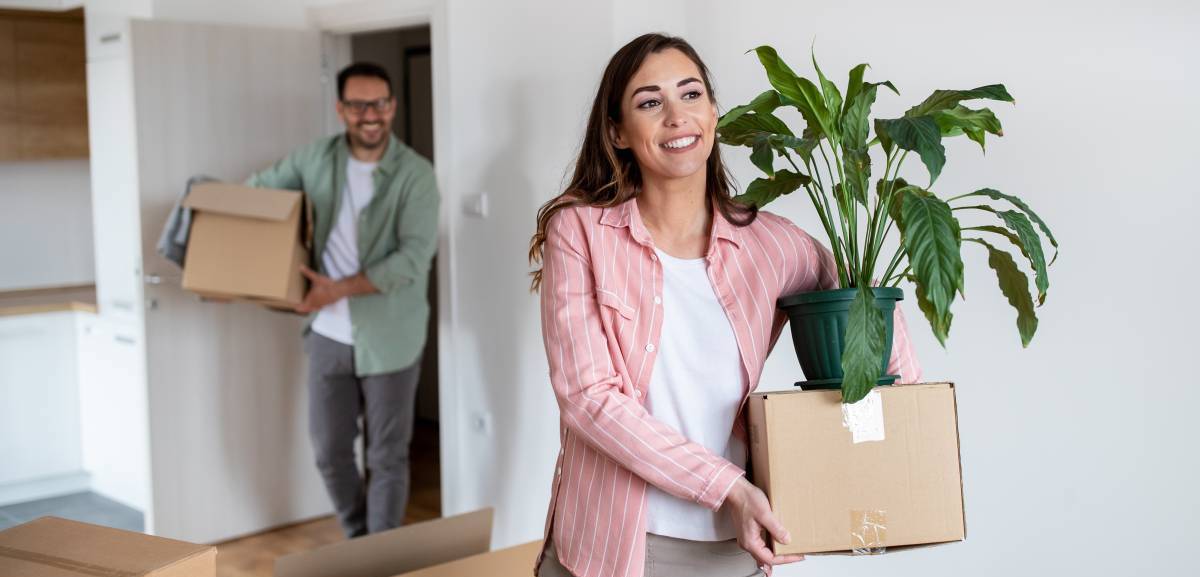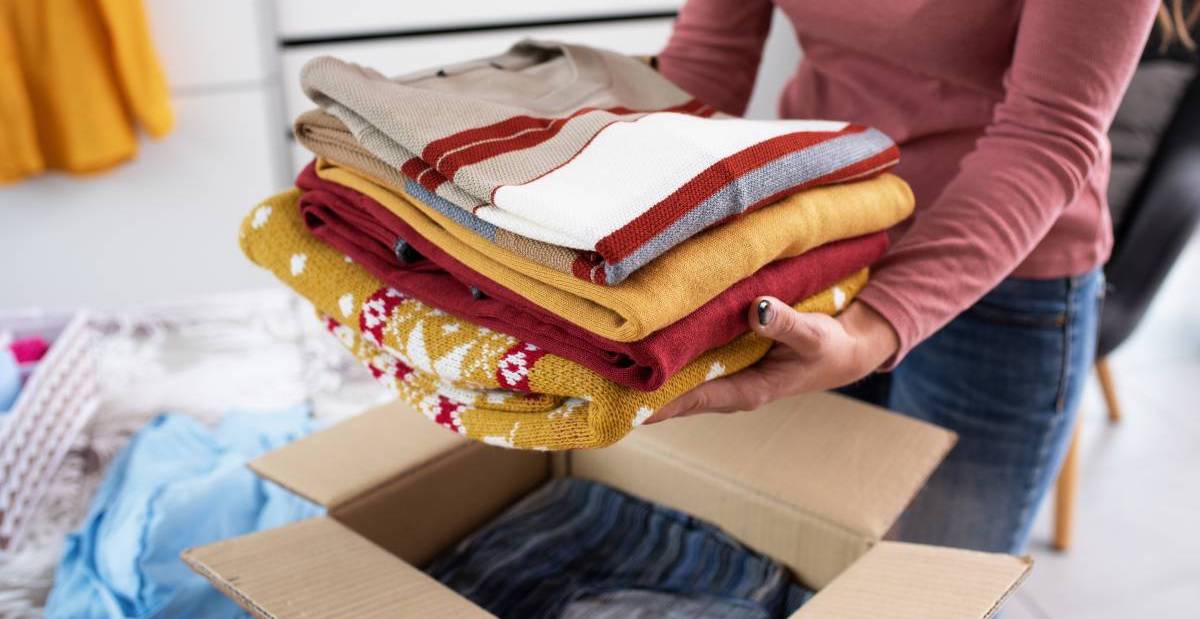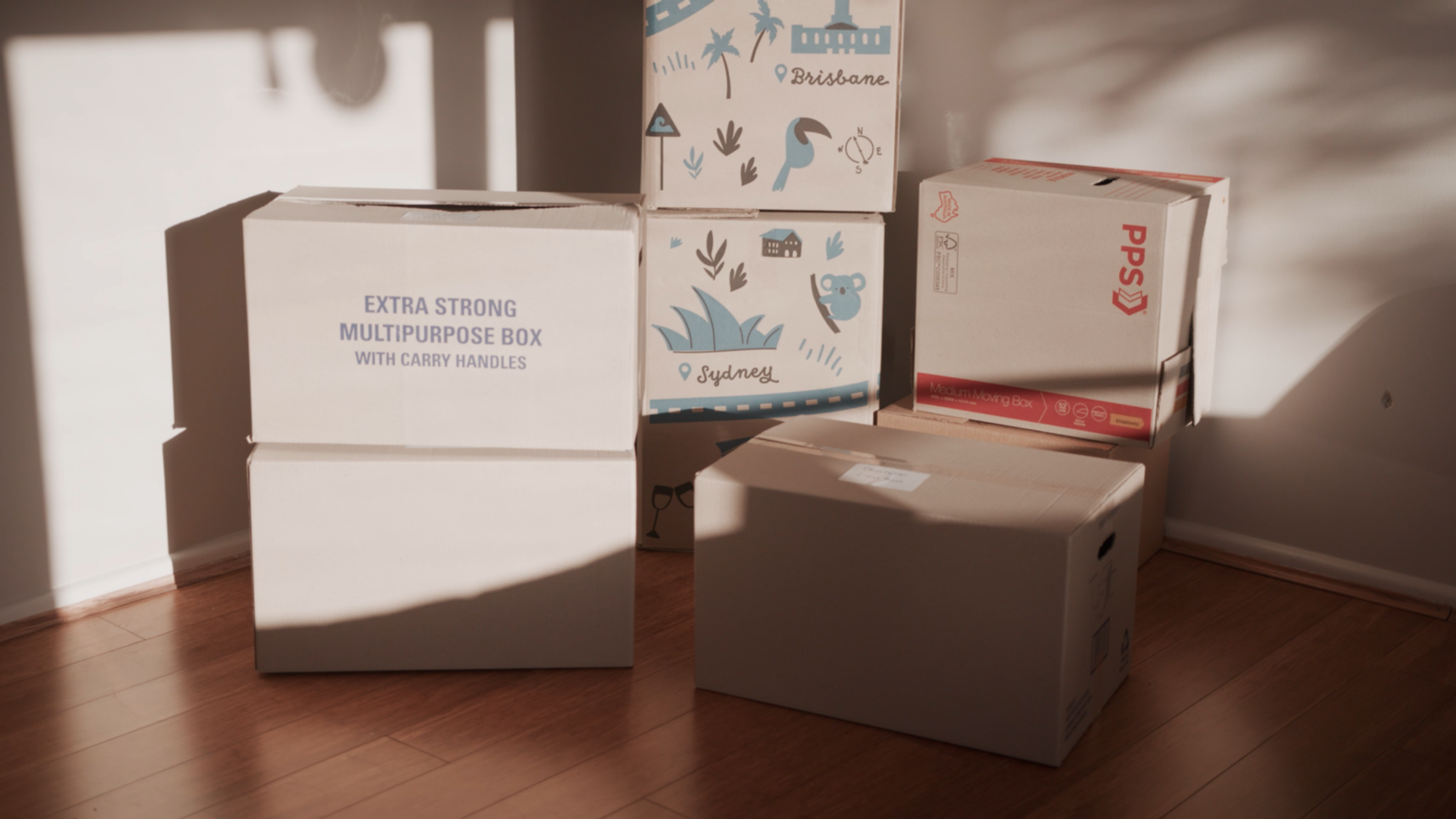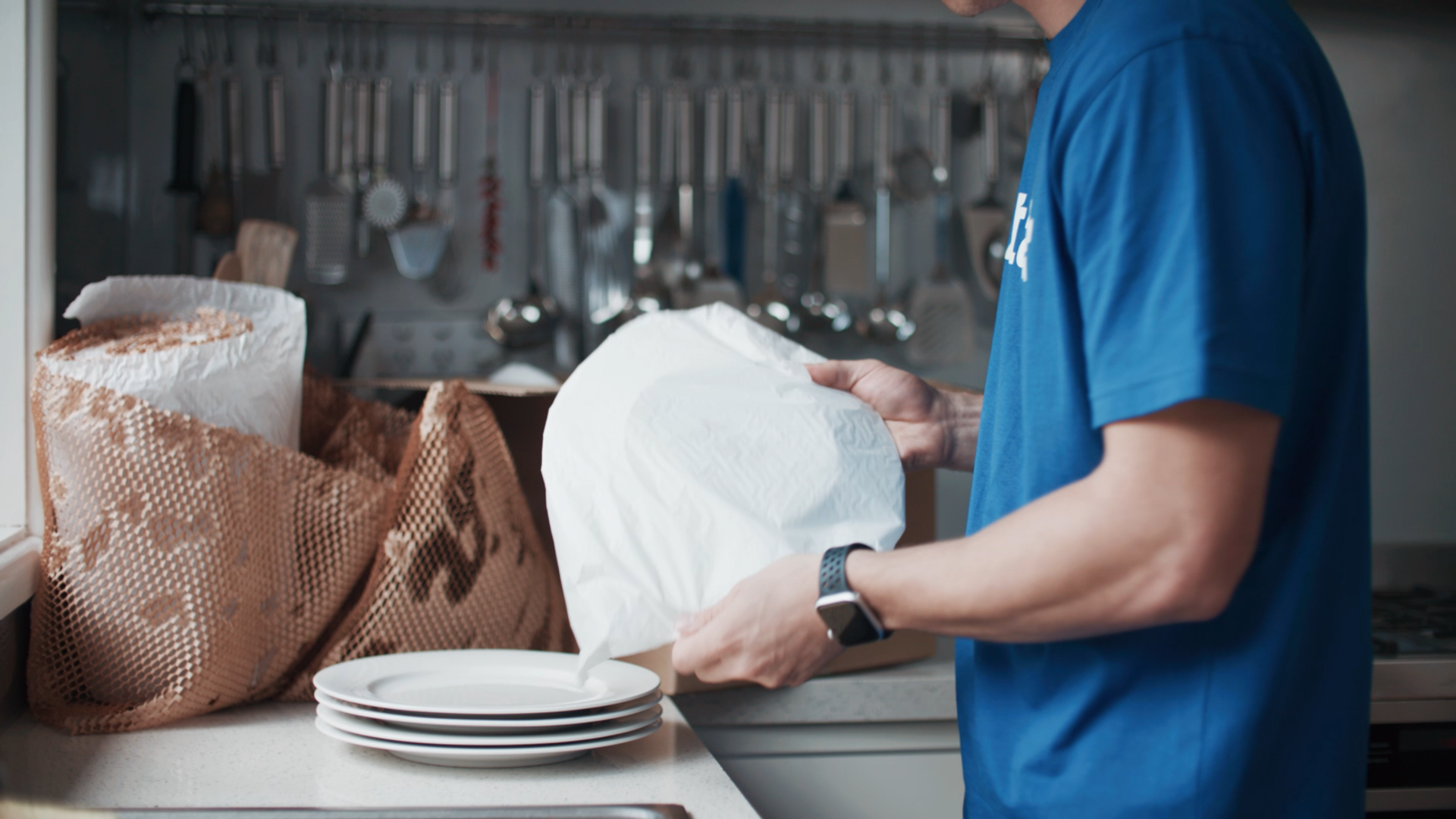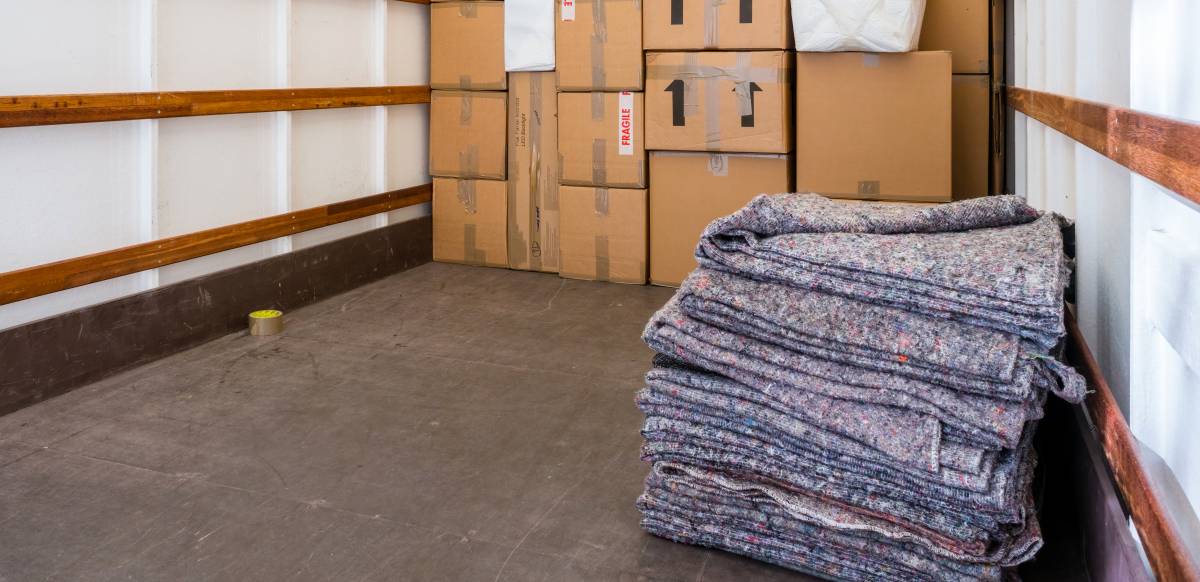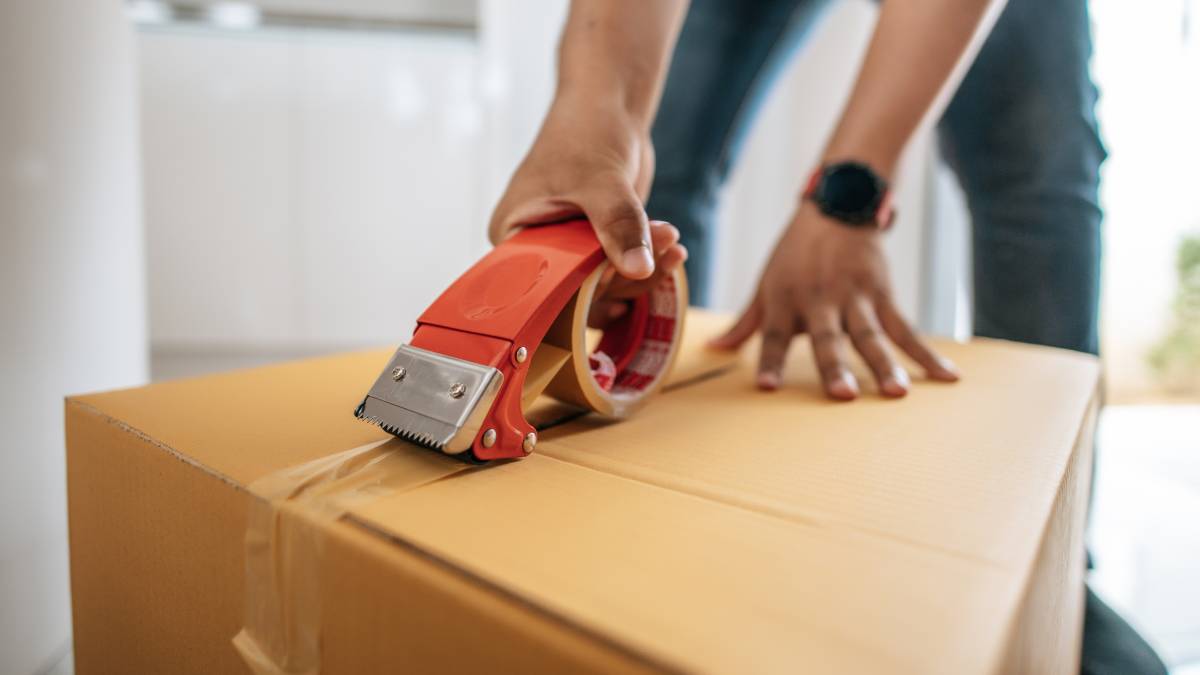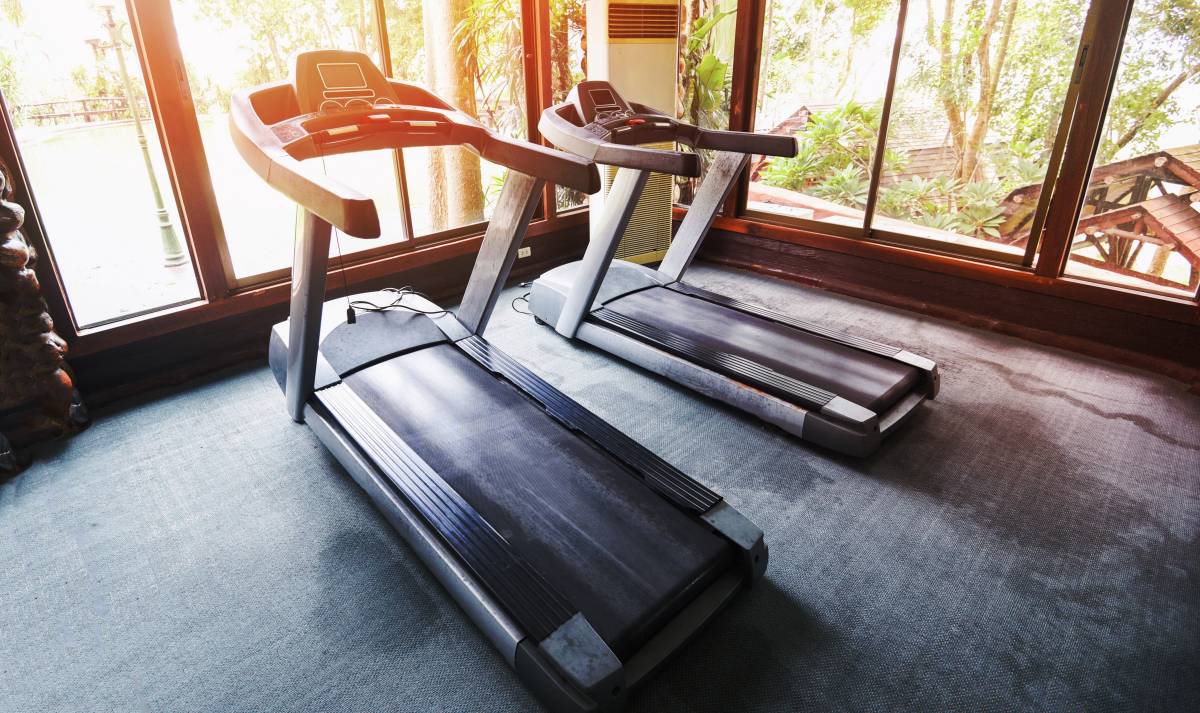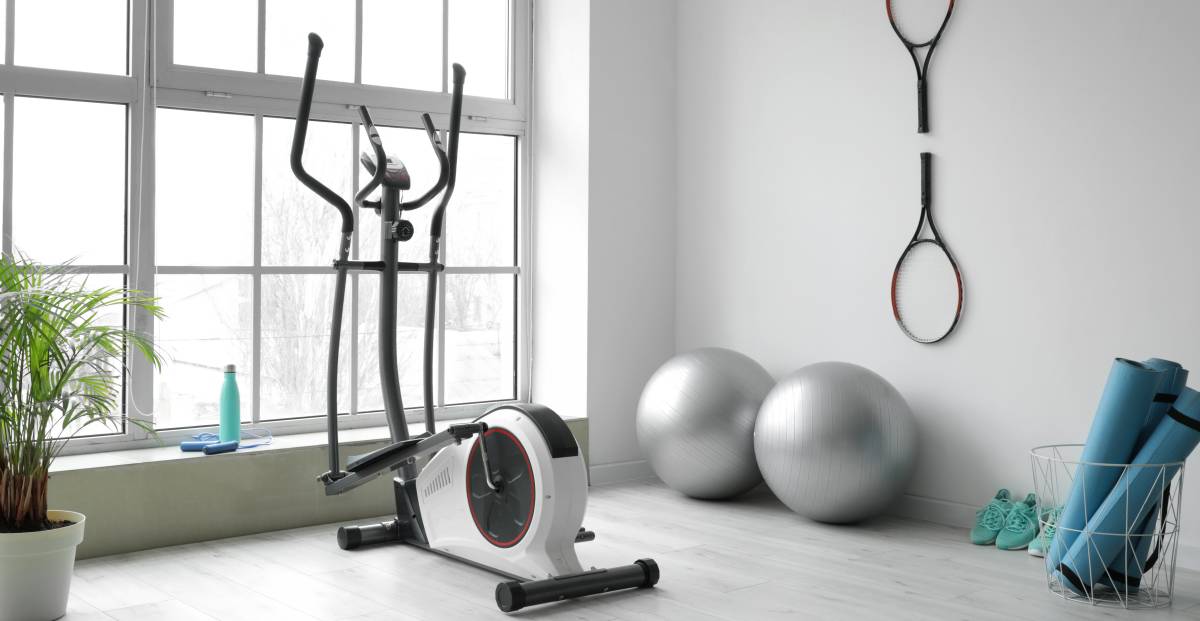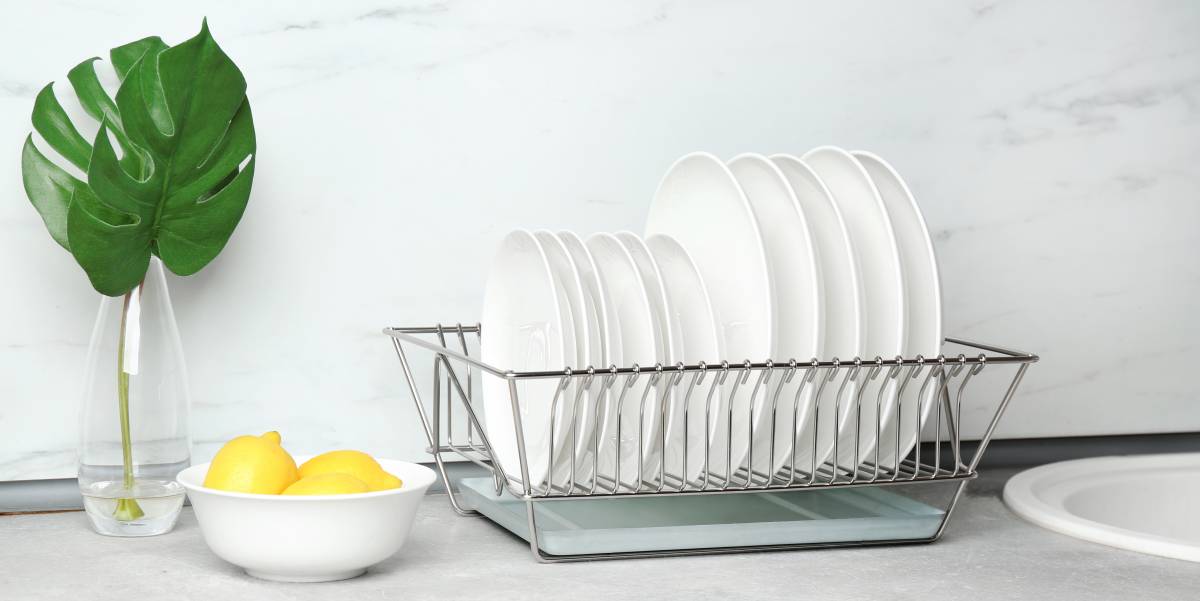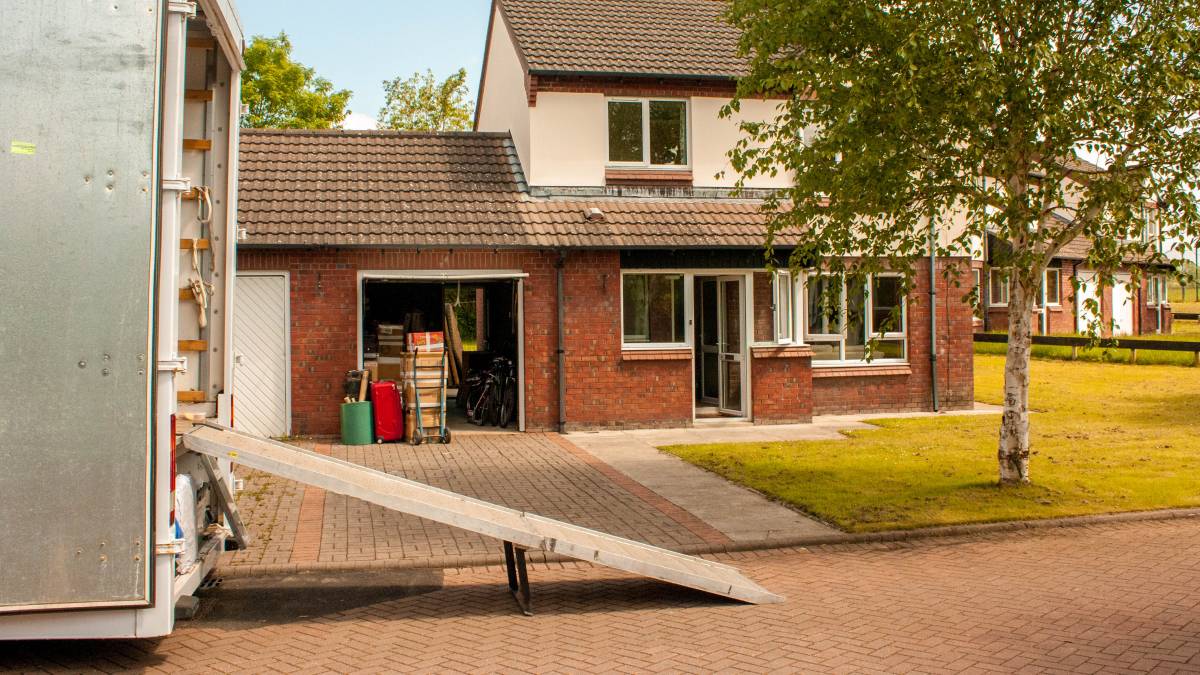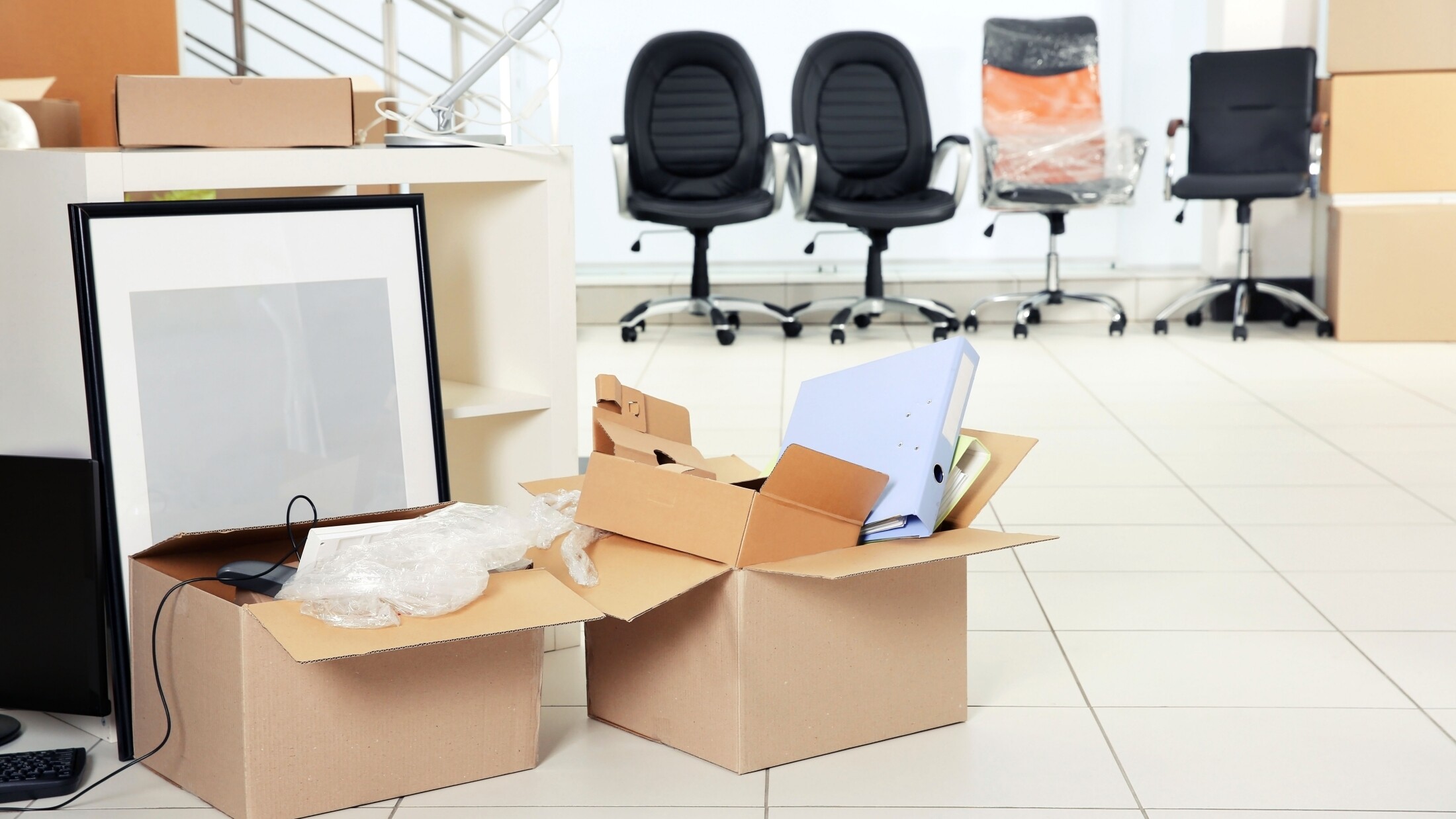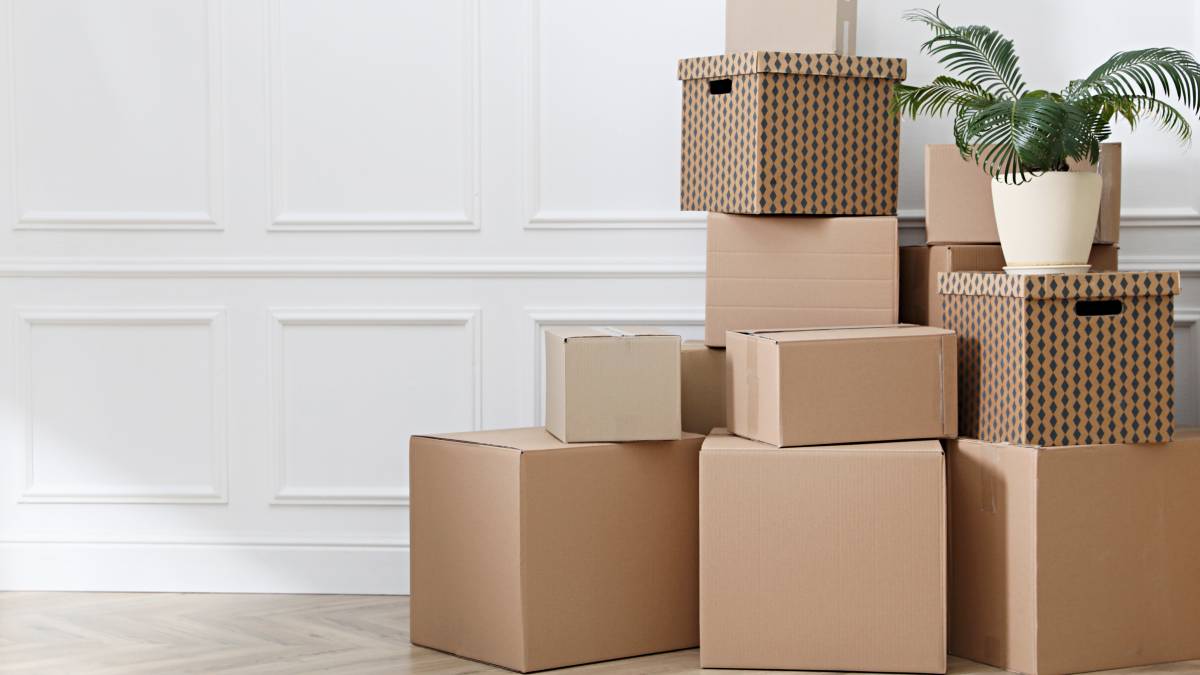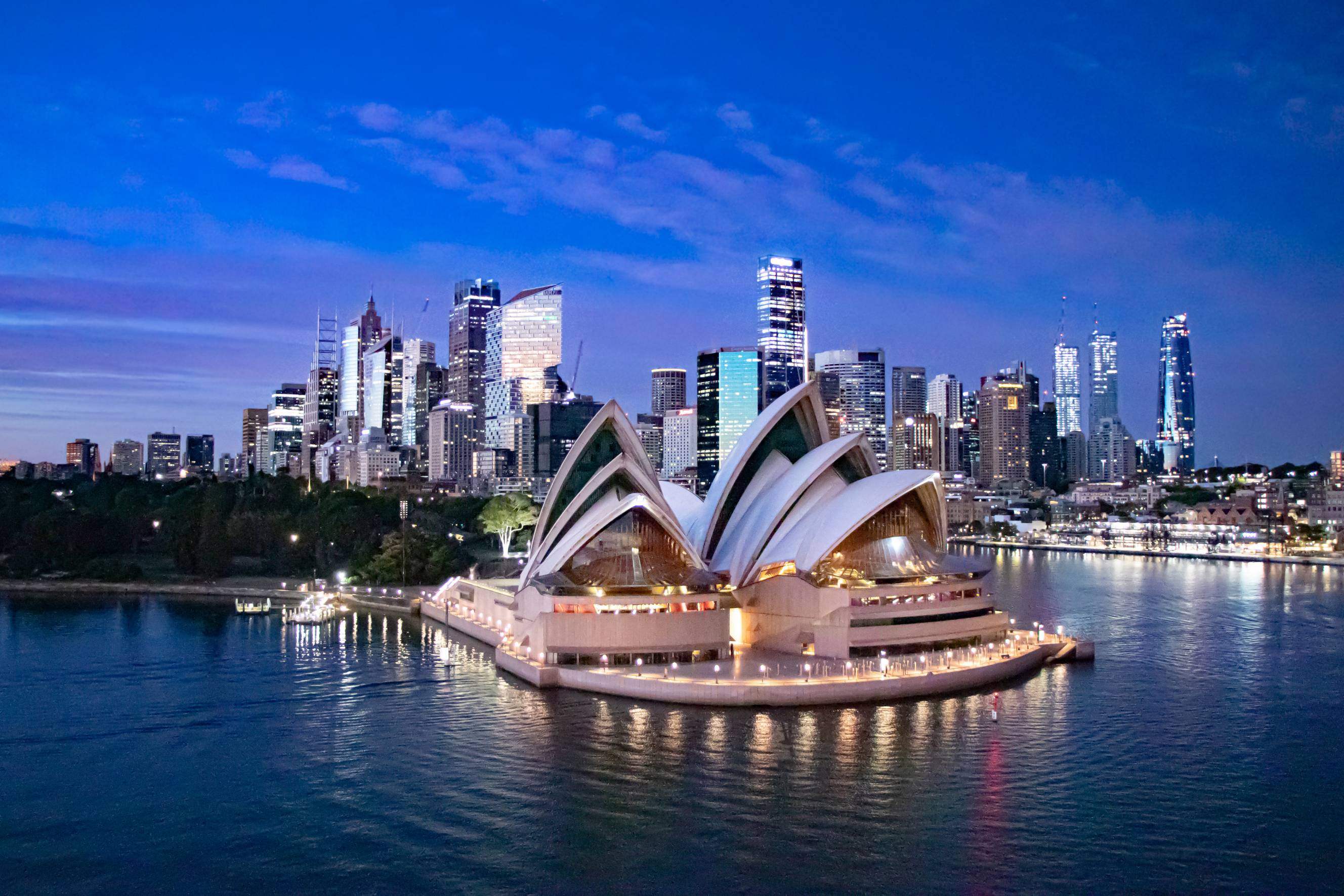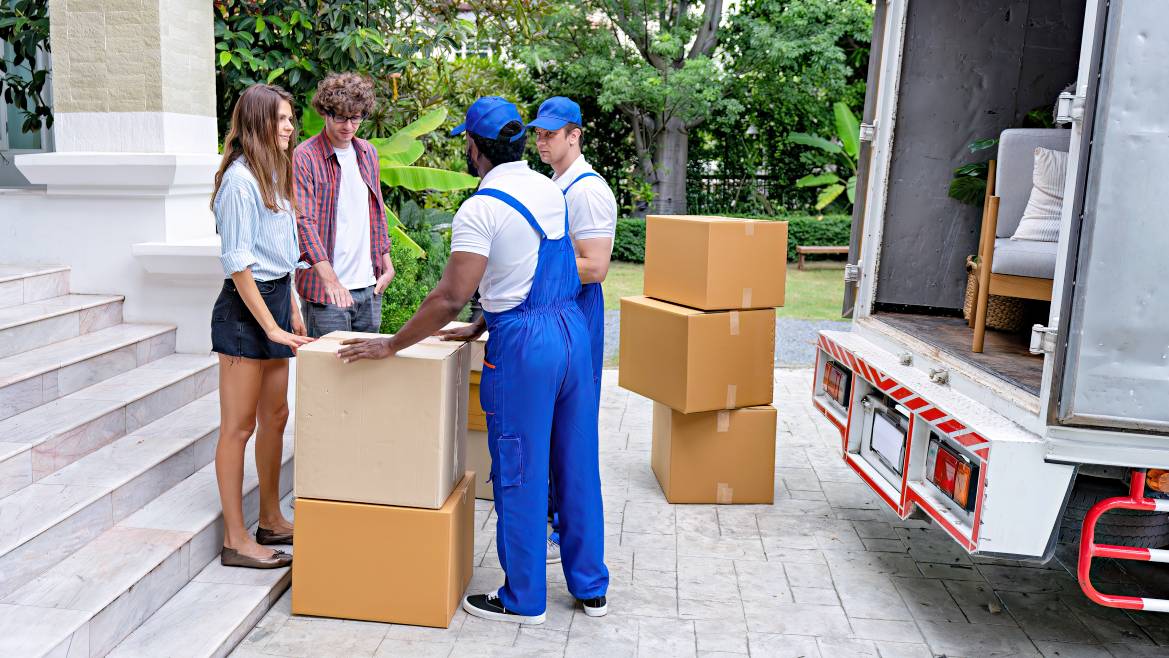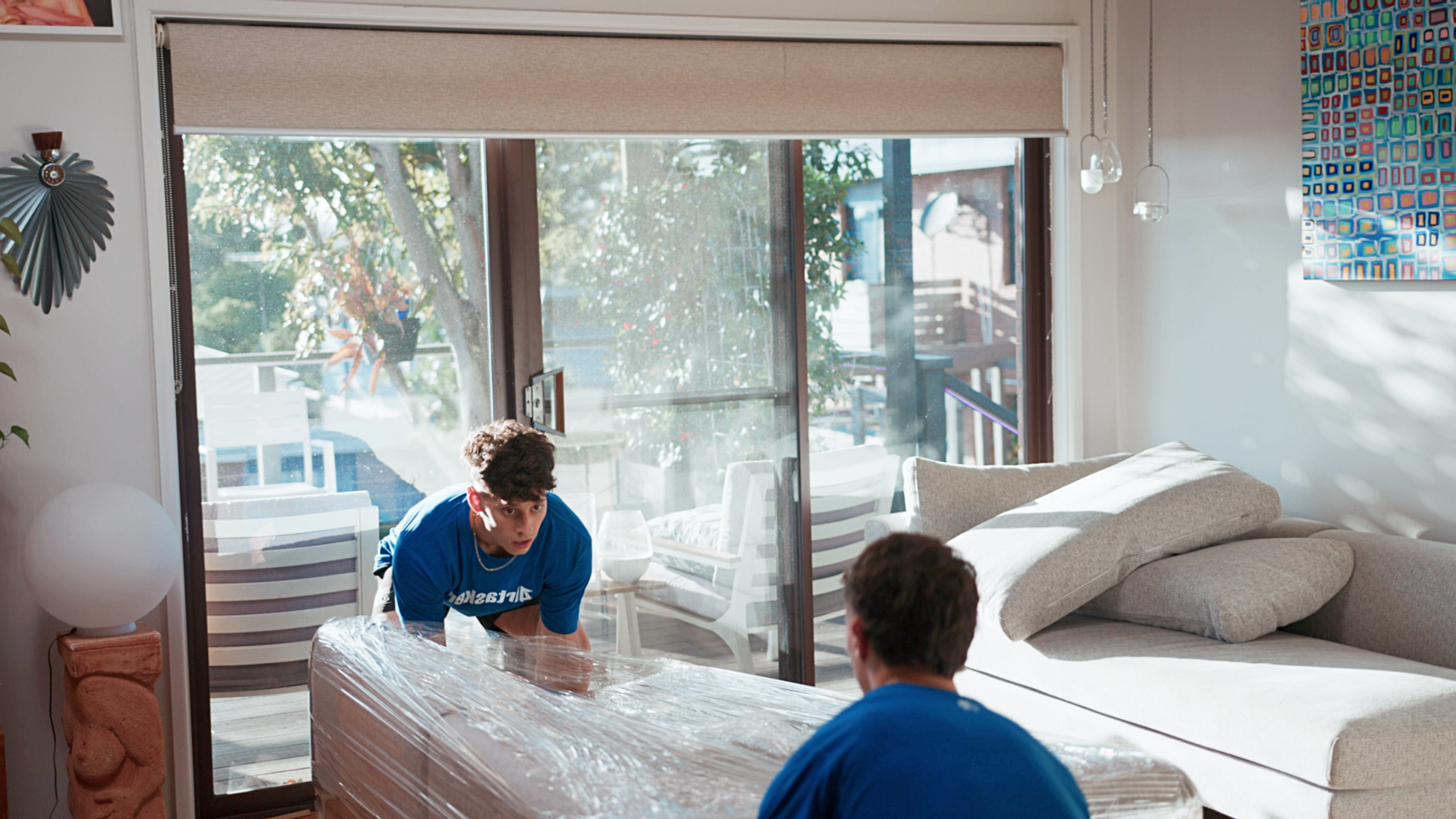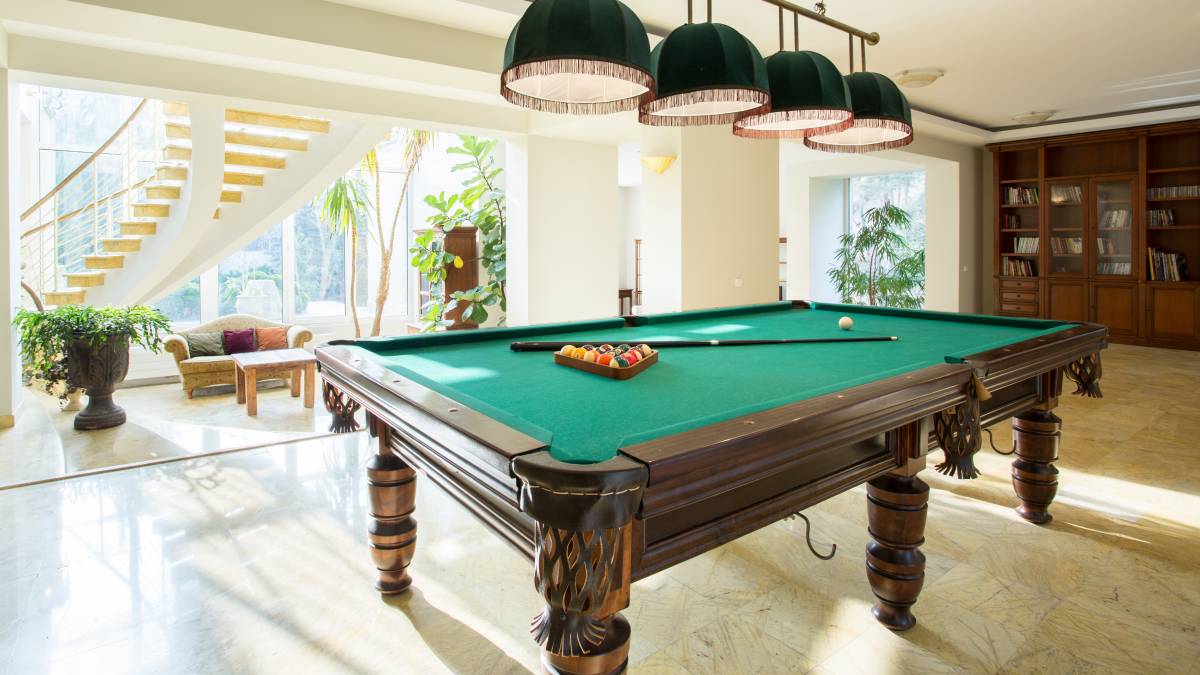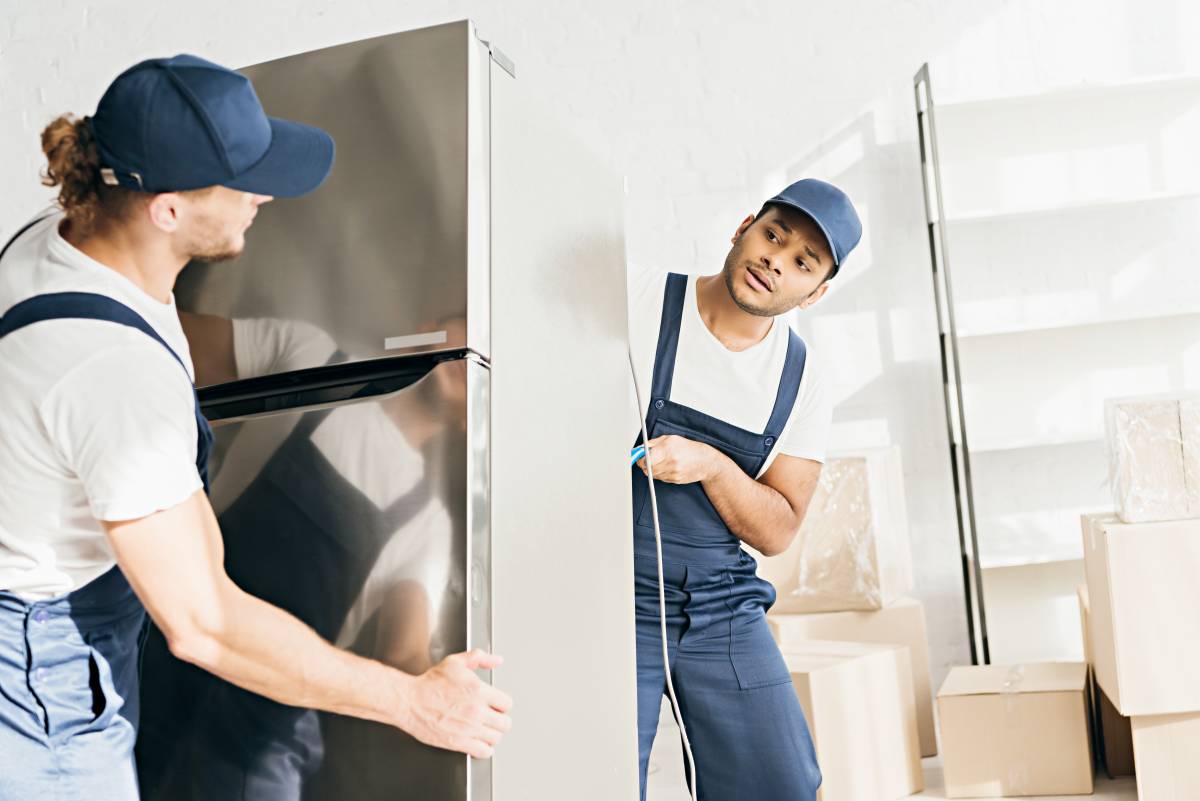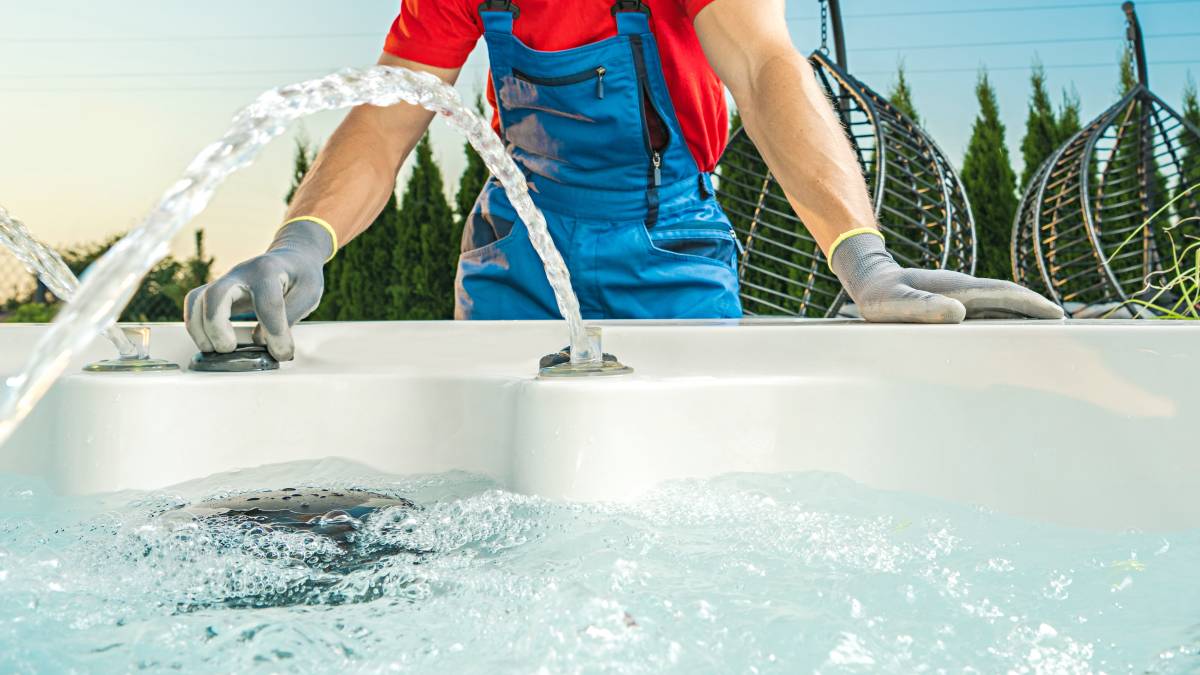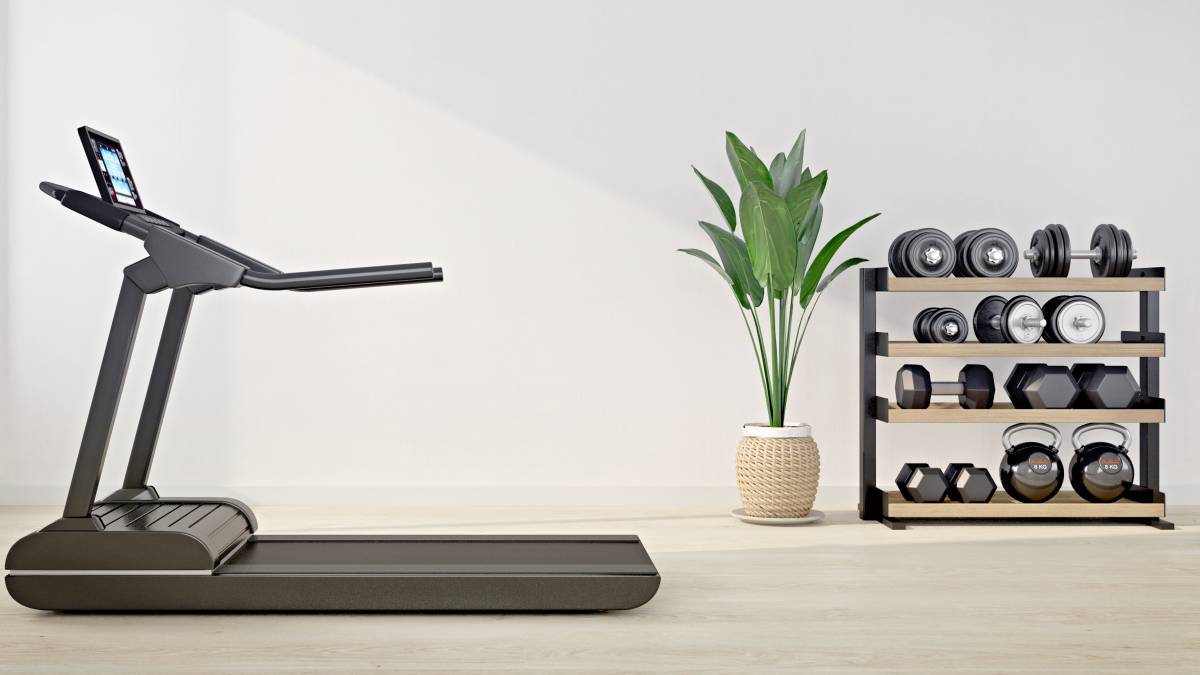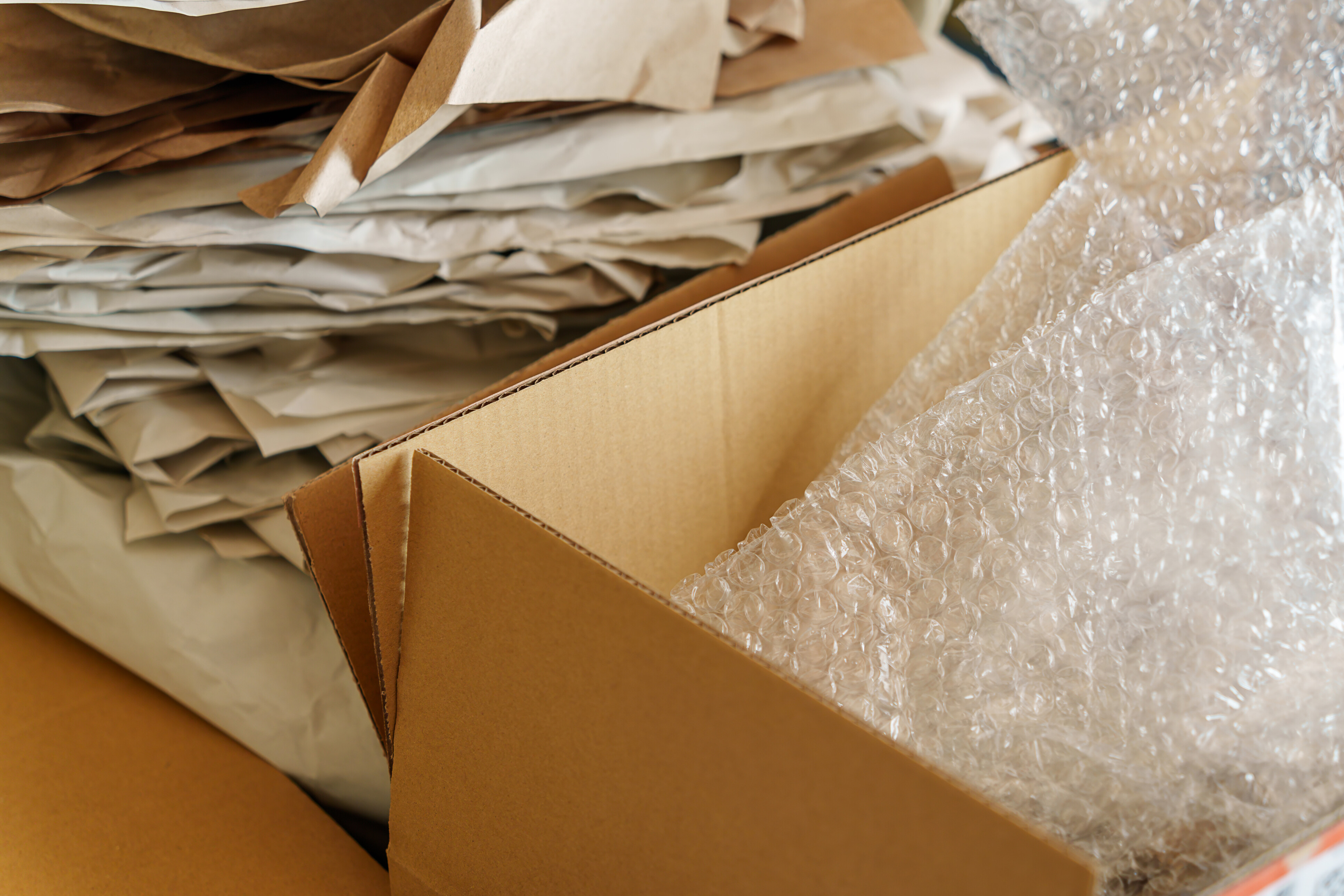
- Home/
- Comparisons/
- Removals/
- Bubble Wrap vs Packing Paper
Bubble wrap vs packing paper: What fits your moving needs better?
Comparing bubble wrap and packing paper in terms of cost, ease of use, versatility, and more.
Last Updated on

Written by Genine T.
Staff Writer
Read more about our contributor
Key Facts
A bubble wrap is a lightweight plastic material filled with air pockets that absorb shock and help prevent damage to delicate or breakable items.
A packing paper is a durable, ink-free paper used to wrap, cushion, and separate items, making it ideal for reducing friction and surface wear during a move.
Moving house ranks right up there with dental visits and tax season when it comes to stress levels. One way to avoid this is by getting a head start on packing, which can save you a lot of hassle and help protect your fragile items. Starting early also allows you to choose the right packing materials, so you won’t be scrambling at the last minute, worrying about whether your nan’s china will survive the journey.
Today, wrapping your belongings usually boils down to two favourites: packing paper vs bubble wrap. While both promise to keep your stuff safe, which one actually helps avoid scratches, chips, and breakage? To help you out, this bubble wrap vs packing paper comparison guide will discuss what each option brings to the table, so you can pack smarter and move with confidence.
What is bubble wrap?
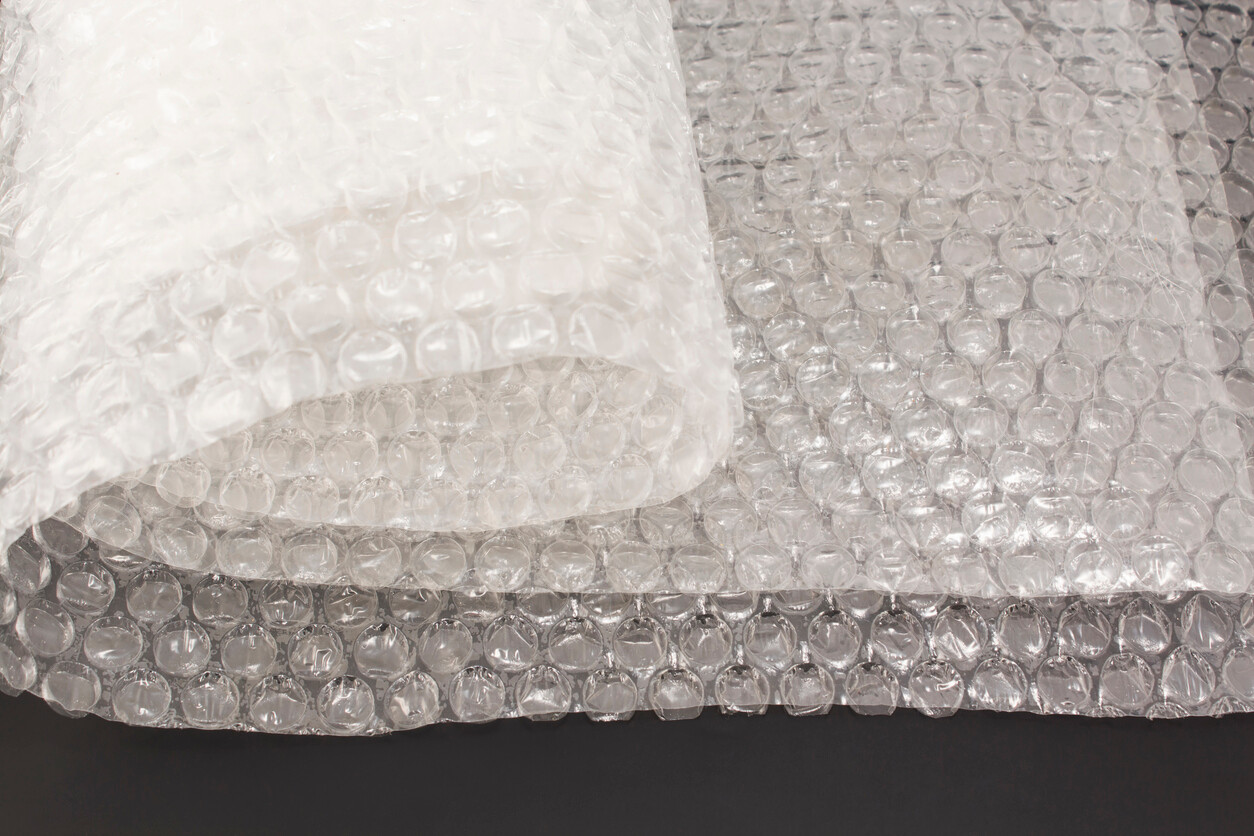 Clear bubble wrap sheet with air-filled pockets, partially unrolled. (Source: iStock)
Clear bubble wrap sheet with air-filled pockets, partially unrolled. (Source: iStock)
Bubble wrap is a lightweight plastic packaging material made from polyethylene film with regularly spaced air-filled bubbles. The bubbles are created by trapping air between two layers of plastic, forming those satisfying little pockets that provide cushioning and protection. You’ll typically find it in mini bubbles (3mm) or large bubbles (12mm), with the larger bubbles offering more protection when wrapping furniture, heavier items, or sensitive electronics.
If you’re wondering how to use bubble wrap effectively, the general rule is to wrap items with the bubbles facing inward for the best protection. This ensures the cushioning effect of the air pockets is concentrated where it matters most. Secure it with tape, and make sure there’s enough padding around fragile parts, like corners or handles, to absorb shock.
What is packing paper?
 Brown packing paper sheets arranged in natural lighting. (Source: iStock)
Brown packing paper sheets arranged in natural lighting. (Source: iStock)
Packing paper is an unprinted newsprint paper specifically designed to wrap and cushion items during moves. Made from recycled paper pulp or sustainable materials like kraft paper, it’s acid-free and ink-free, which means it won’t leave marks or stains on your belongings like regular newspaper might. This plain white, off-white, or brown paper typically comes in large sheets (around 60cm x 90cm) and is sold in bundles or rolls.
Curious about how to use packing paper without wasting it? Use full sheets to wrap individual items, layer between plates or delicate pieces, and scrunch them to fill gaps in boxes so everything stays secure during the move. Keep in mind, though, that using paper for packing is ideal when your goal is to reduce surface friction and prevent light scratches. It works best as a protective layer between breakables, rather than as a substitute for heavy-duty cushioning.
Packing paper vs bubble wrap: What are their key differences?
When preparing for a move, it’s easy to confuse packing materials, especially when they seem to serve similar purposes. Many people ask what the difference between wrapping and packing is, and how bubble wrap and packing paper fit into each role. Let’s get to the bottom of this below.
In terms of cost
Bubble wrap typically costs more upfront, with prices ranging from around $9 for smaller rolls up to $50+ for bulk packs, depending on size and quality. For a typical house move, you’ll likely need multiple rolls, which can quickly add up to $50-100, depending on how much fragile gear you’re protecting.
Packing paper is the budget-friendly option, generally costing $10 to $20 for large quantities that cover significantly more items per dollar spent. Just note that you’ll use more of it per item compared to bubble wrap, but the lower price point means you can afford to be generous with coverage.
In terms of environmental impact
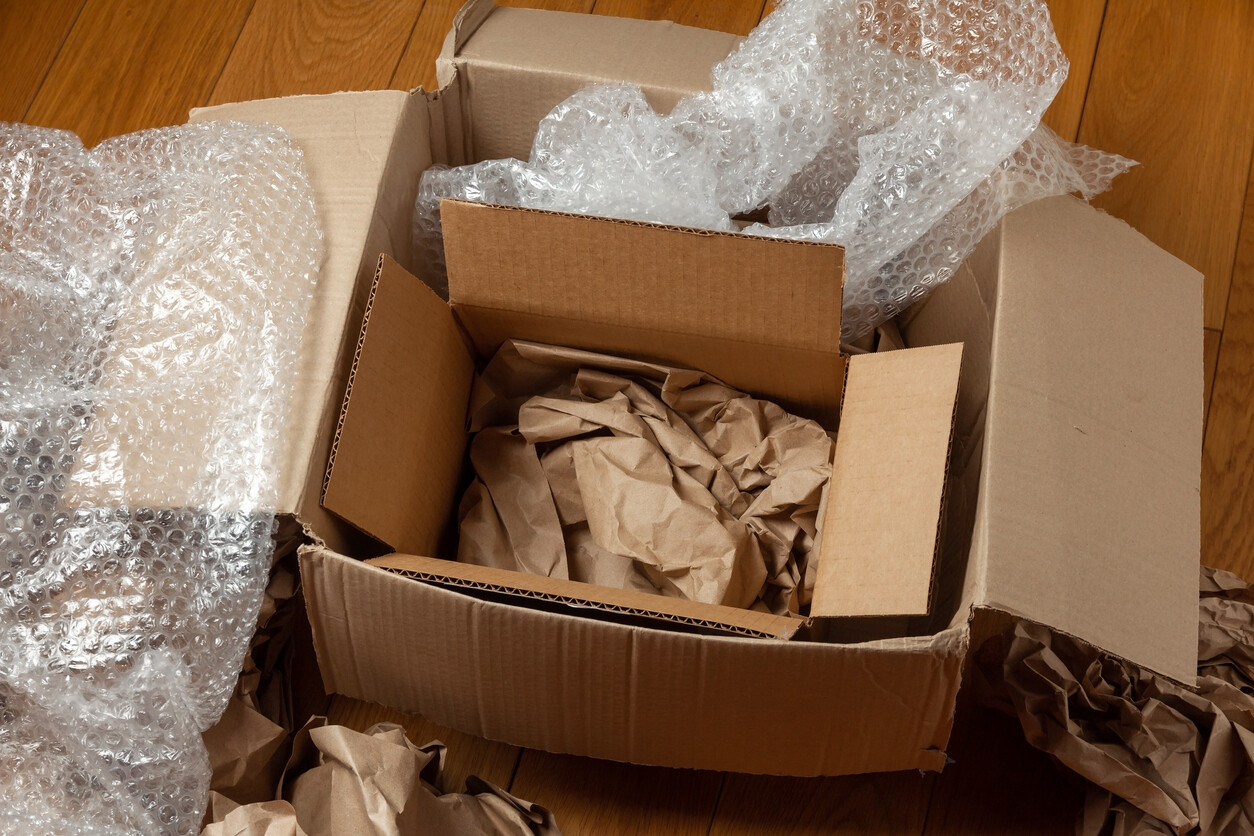 Cardboard boxes packed with bubble wrap and packing paper for moving. (Source: iStock)
Cardboard boxes packed with bubble wrap and packing paper for moving. (Source: iStock)
When planning an interstate removal, the environmental footprint of your packing supplies becomes even more important due to the sheer volume you’ll need and the distance everything travels. Bubble wrap is made from low-density polyethylene (LDPE), which isn’t biodegradable and can take years to break down in a landfill. However, it’s recyclable and can also be brought to supermarket drop-off bins, like those from Woolworths, Coles, and ALDI, or surrendered to specialty recycling services.
On the other hand, packing paper is generally considered the more eco-friendly choice. It’s often made from recycled materials, is fully biodegradable, and can be recycled again after use. Some paper types are also compostable if soiled, provided they’re uncoated and ink-free. While slightly heavier than bubble wrap, the weight difference is minimal in most moves and is typically seen as a reasonable trade-off for those prioritising sustainability.
In terms of protection level
Any comprehensive moving guide will tell you that the biggest differences between these two materials emerge at the protection level. Bubble wrap takes the crown for shock absorption, since it has tiny cushions that compress on impact to protect delicate items, such as glasses, from bumps and drops. It also handles light moisture and minor spills better than paper. Several types are available, including regular bubble wrap, anti-static bubble wrap for electronics, and laminated options for extra durability.
If you’re after surface protection, packing paper is the best choice. It helps prevent scratches and scuffs but offers little to no impact cushioning or water resistance. It works well for sturdier items like books, picture frames, and non-fragile decor. Variants include plain newsprint, honeycomb packing paper for added padding, and textured or corrugated paper for better grip.
In terms of ease of use
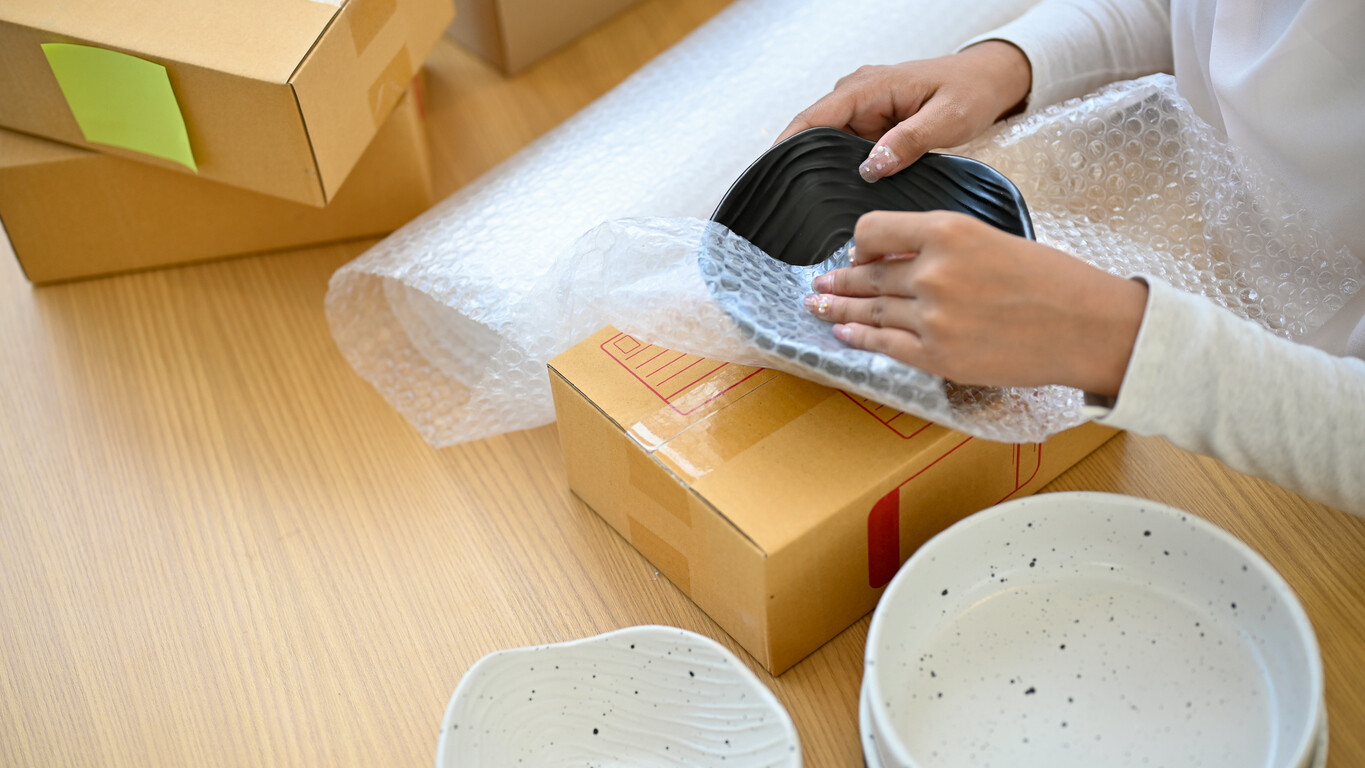 Packing of fragile tableware using bubble wrap and cardboard boxes. (Source: iStock)
Packing of fragile tableware using bubble wrap and cardboard boxes. (Source: iStock)
Both materials are relatively easy to use but suit different situations, especially for fragile item removal. For instance, you can easily unroll the bubble wrap, wrap it around your items, press it into place, and cut it as needed. The plastic generates a bit of static, which helps it temporarily stick to itself, making it easier to handle without tape. It’s lightweight, easy to reposition if you make a mistake, and flexible enough to wrap around items of all shapes and sizes.
With packing paper, you just need to grab a sheet, wrap your item, and tear off the exact size you need by hand. The paper lies flat, which makes it easy to work with on tables or other packing surfaces, and it stacks well inside boxes. You can also scrunch sheets to add padding around or inside items, helping to fill empty spaces and prevent movement during transit.
In terms of versatility
Got different item sizes you want to move? Bubble wrap is the clear winner for adaptability. Beyond protecting sensitive items, it’s a better option for appliance removal because you can wrap it around washing machine hoses, cushion refrigerator shelves, or protect appliance surfaces from scratches and dents. For furniture, bubble wrap works as an excellent protective layer for tabletops, mirror surfaces, and upholstered pieces. It can also fill gaps between furniture parts when disassembled.
While useful, packing paper has more limited applications across different item types. It’s fantastic for books, documents, and lightweight decorative pieces, but it simply can’t handle the demands of protecting large appliances or furniture surfaces. However, it works perfectly for secondary tasks like lining drawers during furniture moves, protecting floors from scratches, and acting as a dust cover for items in storage.
In terms of space efficiency
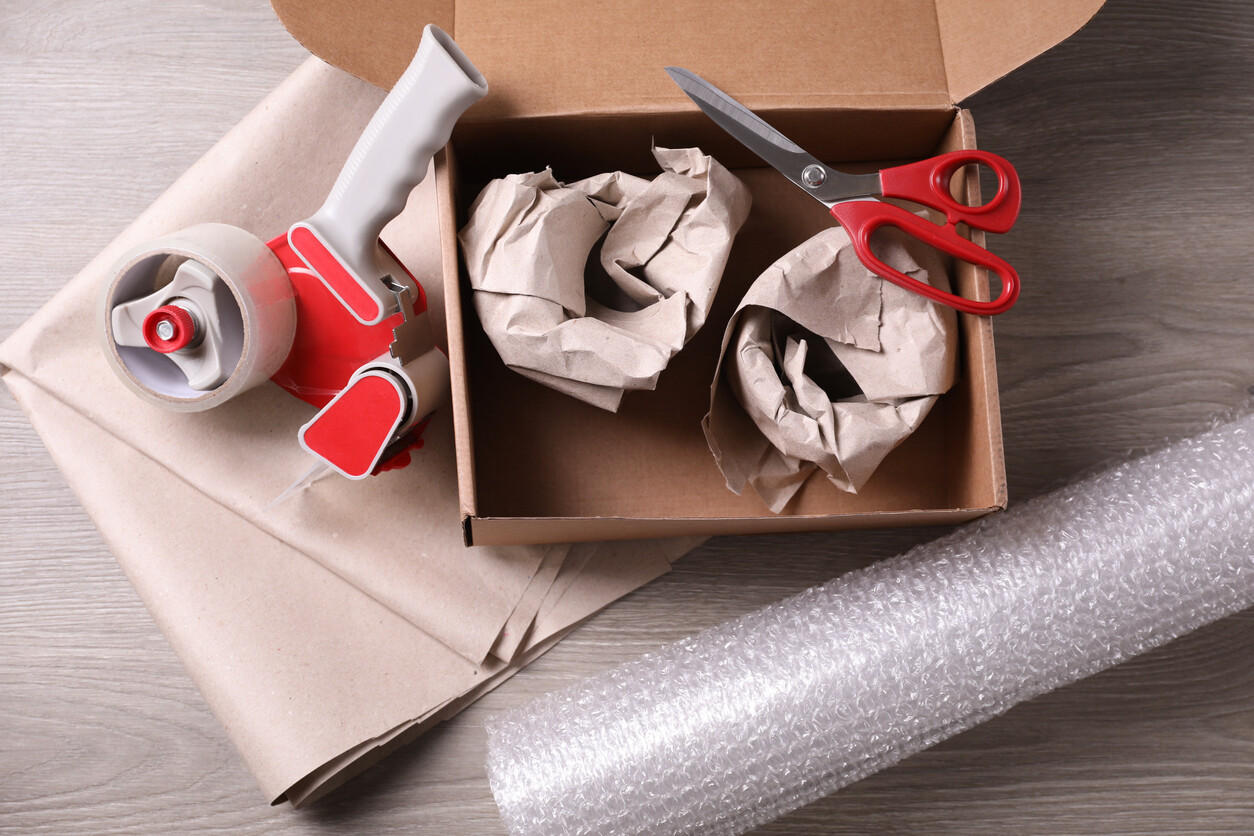 Packing station setup with bubble wrap, packing paper, and scissors. (Source: iStock)
Packing station setup with bubble wrap, packing paper, and scissors. (Source: iStock)
Bubble wrap takes up significantly more room, both in storage and when applied to items. Those air pockets that provide excellent protection also make it quite bulky, so wrapping a standard dinner set or your kids’ toys can quickly fill up precious box space. Items wrapped in bubble wrap often require larger boxes, which means fewer boxes can fit into your moving truck.
Packing paper, on the other hand, is the space-saving champion. It lies completely flat when stored, so you can easily fit multiple bundles in your garage or spare room while preparing for the move. When wrapped around items, it adds minimal bulk, meaning you can fit more into each box and ultimately need fewer boxes overall.
In terms of reuse potential
After your house removal is complete, bubble wrap has excellent reuse potential if it survives the move intact. You can save it for future moves, use it to protect items in storage, or even repurpose it for craft projects with the kids. The plastic material holds up well to multiple uses, as long as the bubbles don’t get popped during handling.
Packing paper has more limited reuse options once it’s been through a move. While you can recycle it or use clean sheets for gift wrapping, it typically gets crumpled, torn, or dirty during the packing and unpacking process. However, slightly used packing paper can still work well for filling storage boxes, lining pet cages, or even starting fires in your fireplace.
Request removalist services on Airtasker
While packing your own belongings can save money upfront, professional removalists bring years of experience and know exactly which materials work best for each item type. They’ve got the right techniques to pack efficiently, access to bulk supplies at better prices, and the skills to protect your most valuable possessions. Plus, they handle all the heavy lifting, so you won’t risk injury or strain.
When you factor in the time saved and potential damage avoided, packing service costs often work out to be excellent value. Skip the stress and post a task on Airtasker today to find trusted removalists who’ll handle your packing, protect your valuables, and get you moving faster.
Learn more about our contributors

Written by Genine T.
Staff Writer
Genine is a writer and educator with over seven years of experience. She has published peer-reviewed research papers, worked in academia, and created educational content for thousands of language learners. She discovered her passion for turning complex ideas into practical advice through writing about DIY topics like home improvement, furniture assembly, and household fixes. When she’s not writing, Genine enjoys curling up with her dogs and a good book.
Bubble wrap vs packing paper
Bubble Wrap |
Packing Paper |
|
|---|---|---|
Cost |
More expensive per roll |
Cheap and has more coverage for the price |
Eco-friendliness |
Recyclable and reusable, but not biodegradable |
Biodegradable and recyclable |
Protection |
Best for impact protection and fragile items |
Best for surface protection and layering |
Ease of Use |
Clings slightly, easy to handle and rewrap |
Easy to tear and wrap |
Versatility |
Adapts well to different shapes and item types, including furniture and appliances |
Best for books, decor, and lining or filling tasks |
Space Efficiency |
Bulky in boxes and storage |
Slim and compact |
Reuse |
Durable and reusable if kept intact |
Often crumpled or soiled after one move |
FAQs on bubble wrap and packing paper
Technically, you can, but it’s not recommended. Wrapping paper is thinner, often glossy or coated, and tears easily, offering very little protection. Packing paper is thicker, uncoated, and designed to prevent scratches and fill gaps in boxes during a move.
Packing paper can usually be recycled in your curbside bin, as long as it’s clean and free of tape. Bubble wrap is recyclable, too, but not in standard household bins. If soft plastic recycling drop-off points are available in your area, you must take it to them.
Yes, using multiple layers is recommended, especially for high-value items and those that require extra care. To provide adequate protection, wrap delicate items like glassware or ceramics in several layers of packing paper or bubble wrap. You can also combine materials. For example, wrap in paper first to prevent scratches, then add bubble wrap for impact protection.
Find removalists, fast
Post a task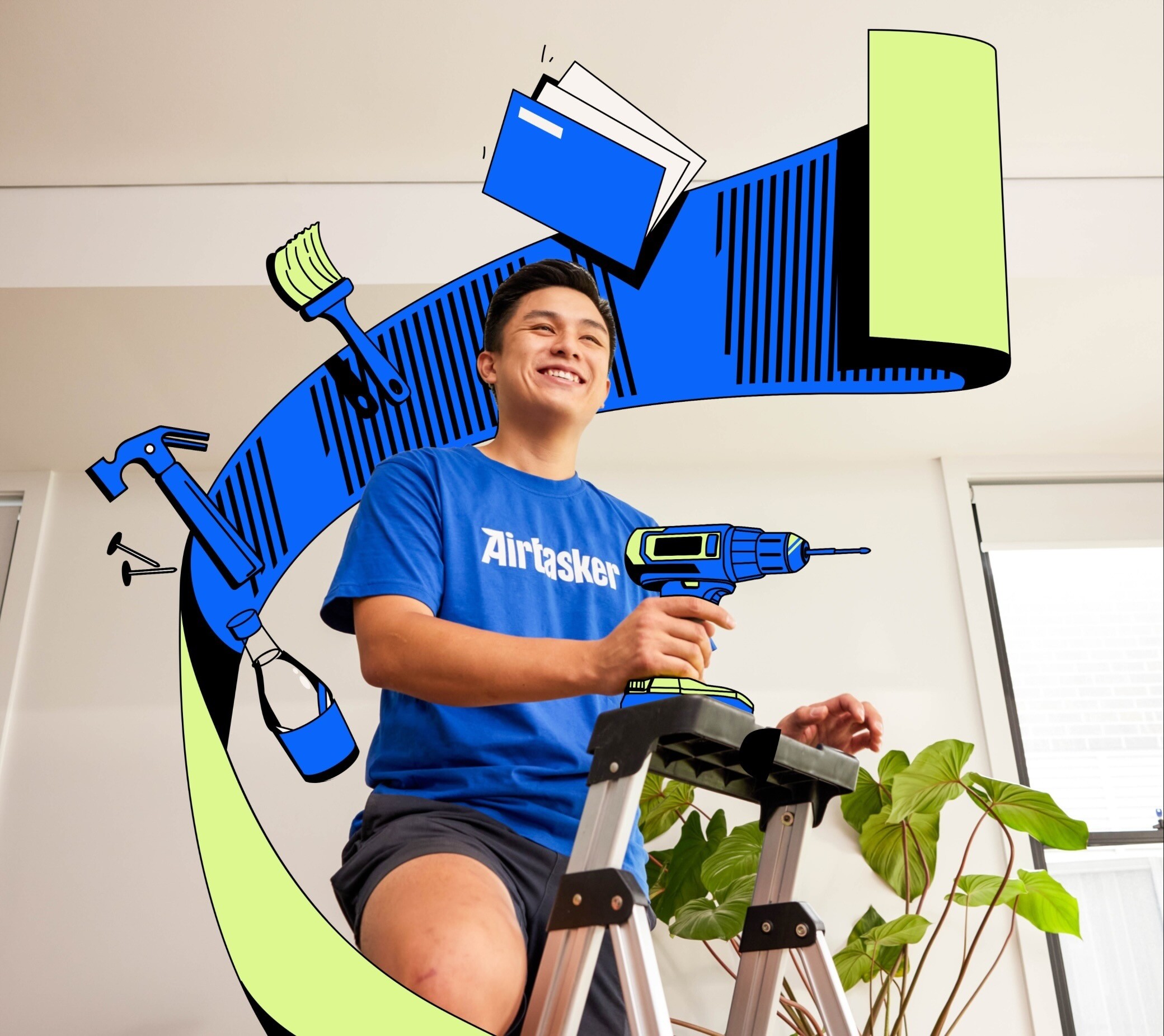
Related articles

Tips for moving house with kids
Read more
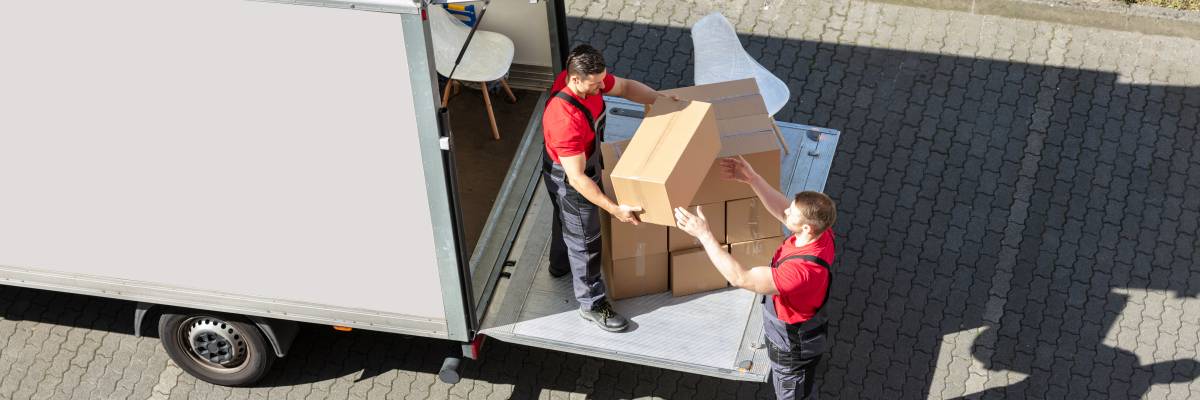
How much do removalists make?
Read more
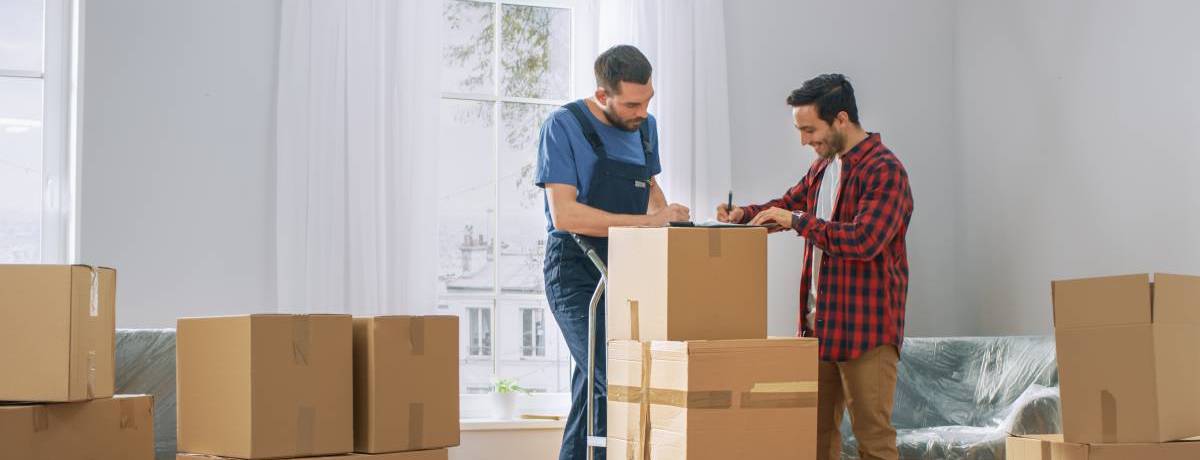
A guide to becoming a removalist
Read more
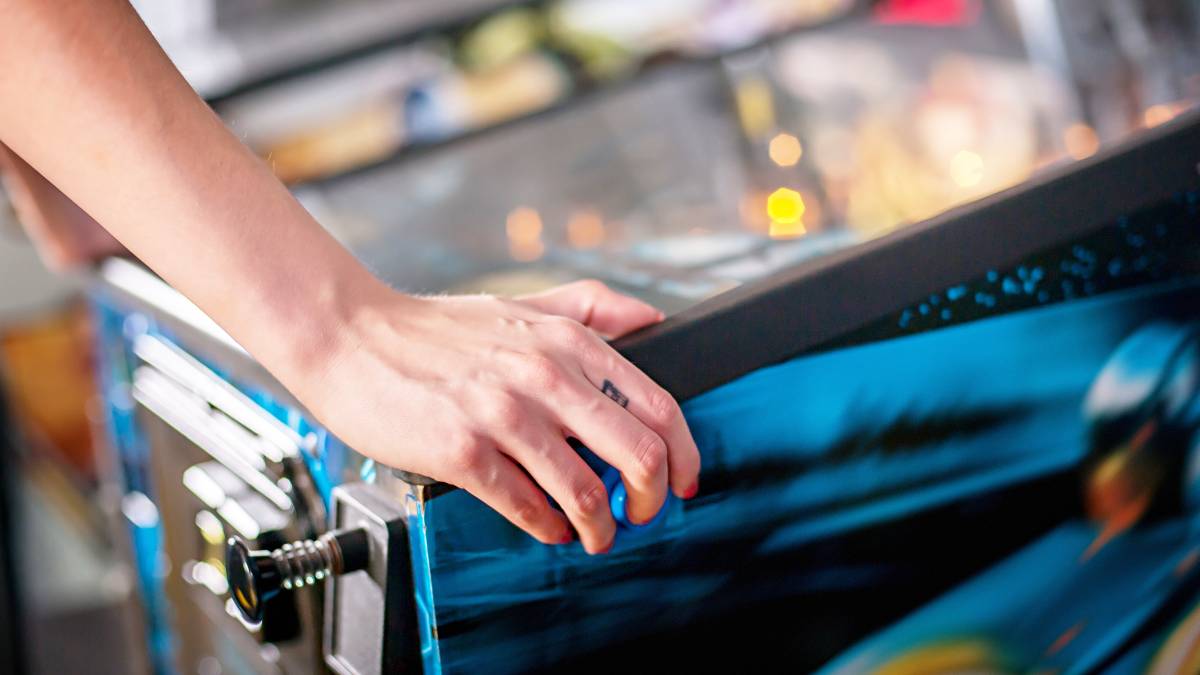
How to move a pinball machine
Read more
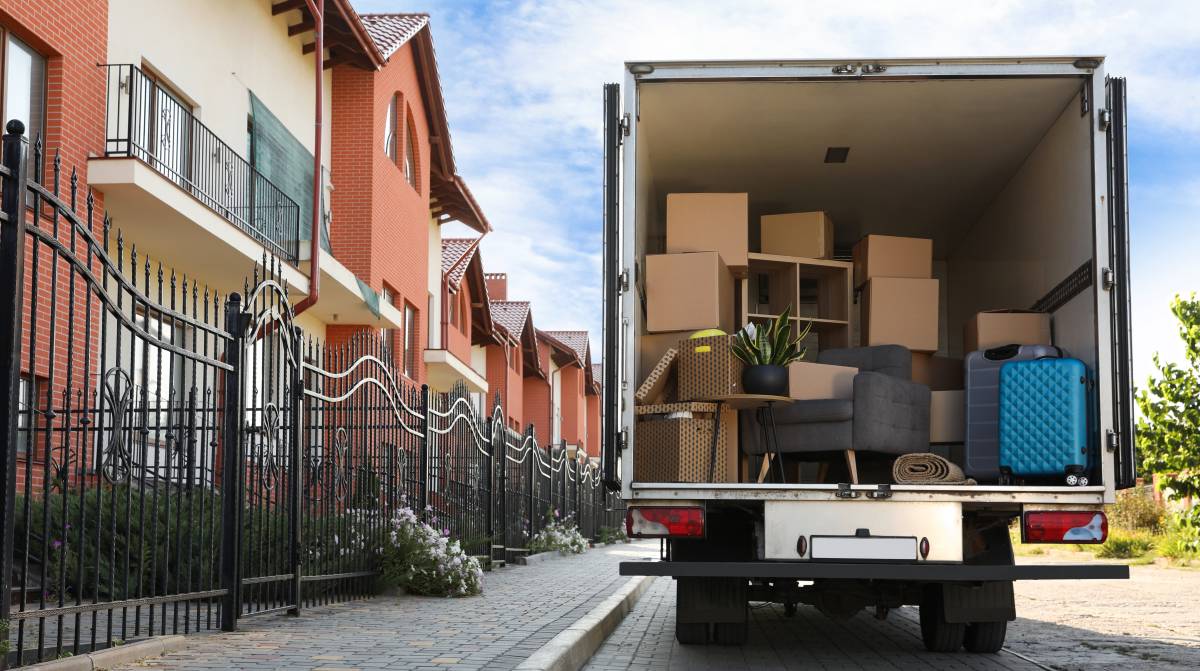
How to pack a moving truck
Read more
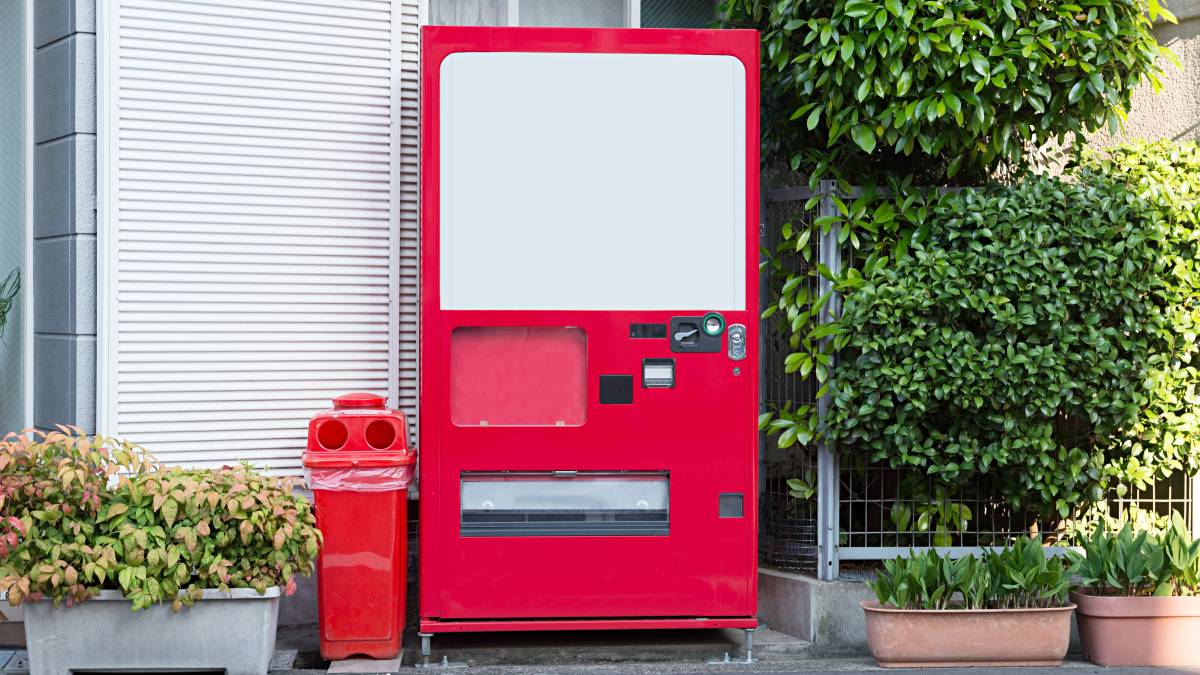
How to move a vending machine
Read more
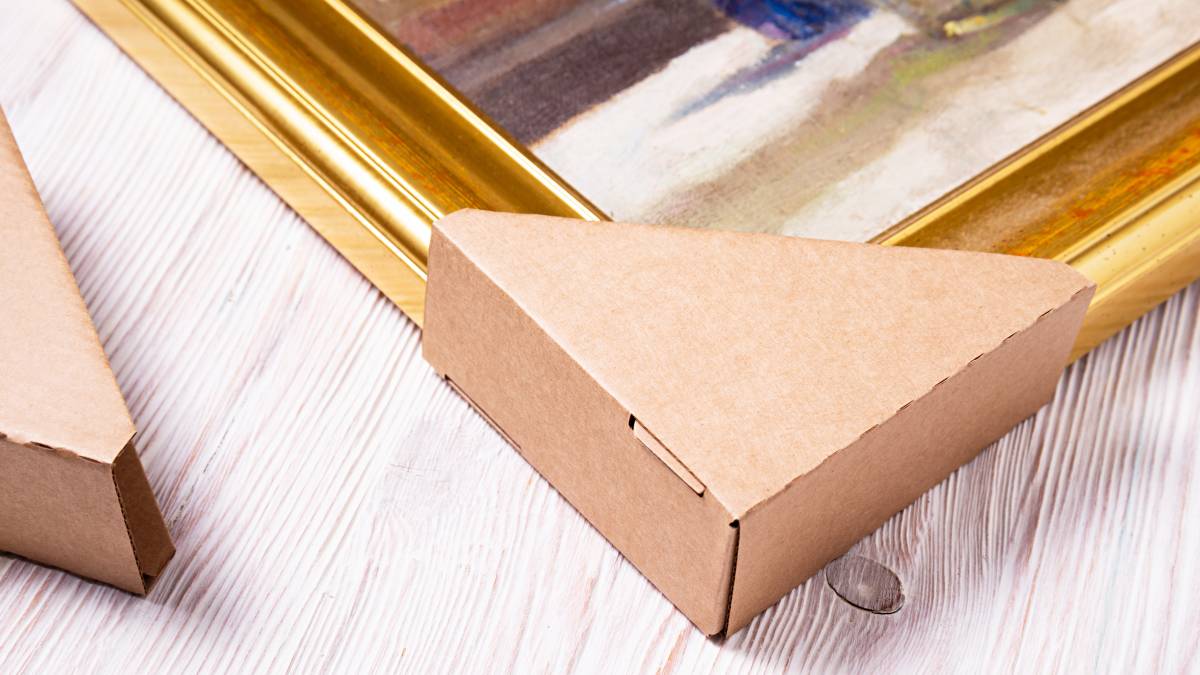
How to pack artwork for moving
Read more
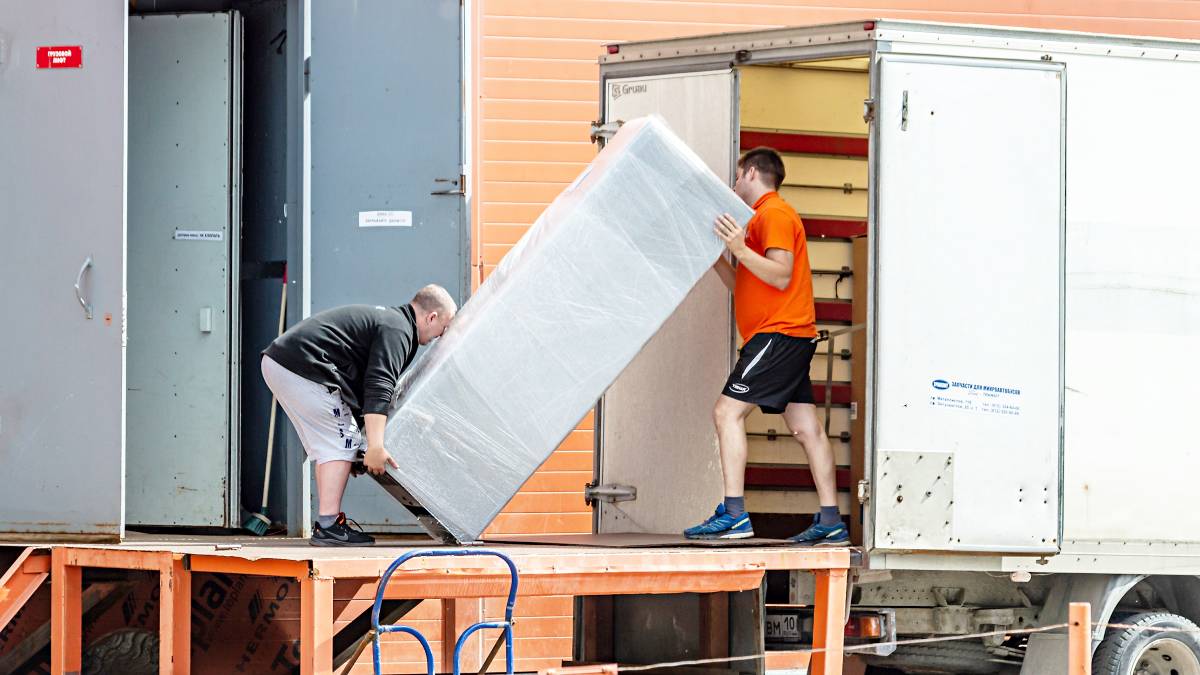
Moving a fridge: How to do it right
Read more
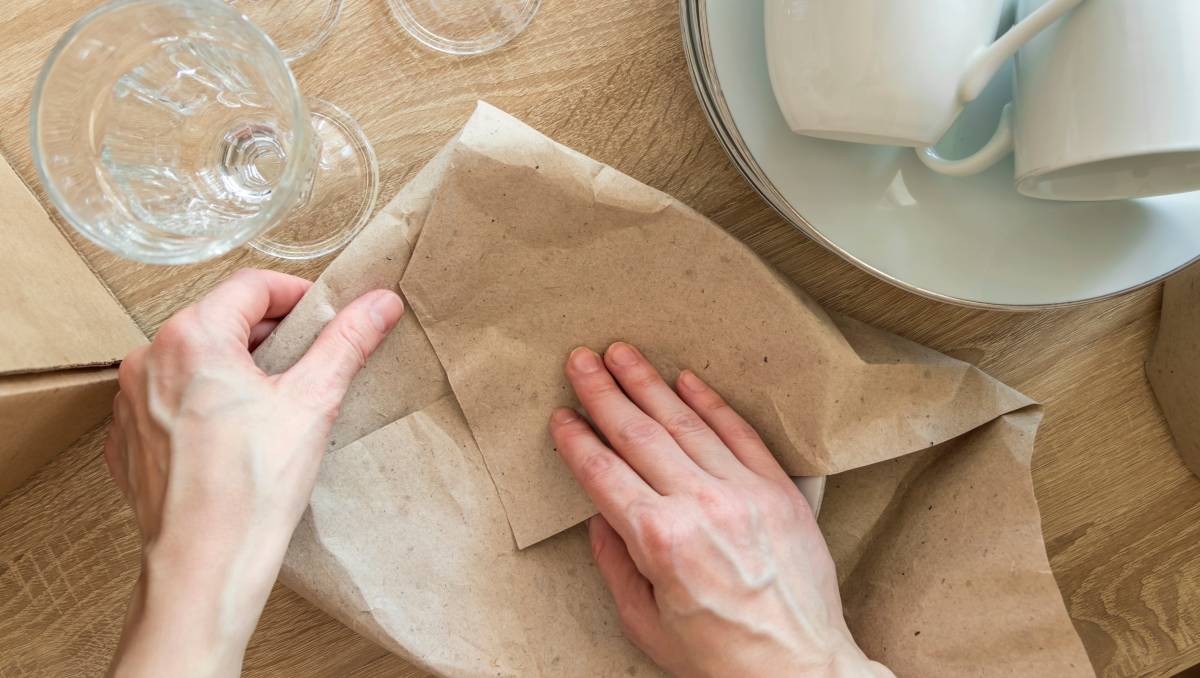
How to pack kitchen items
Read more
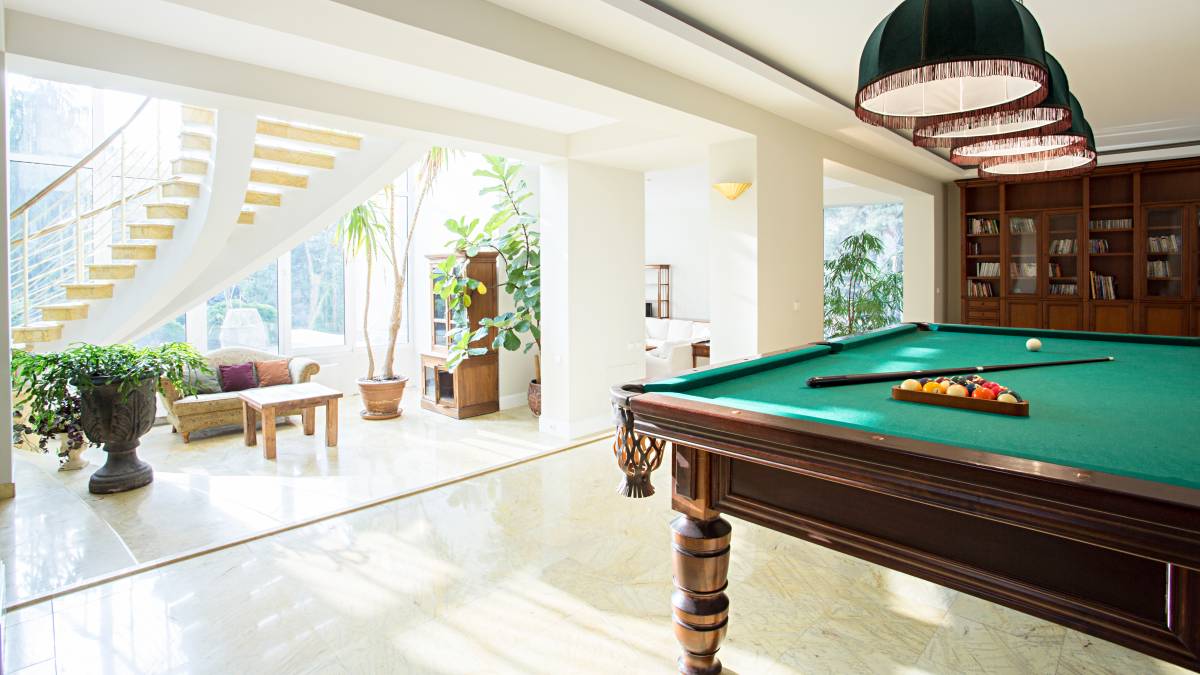
How to move a pool table
Read more

How to pack bedding for moving
Read more
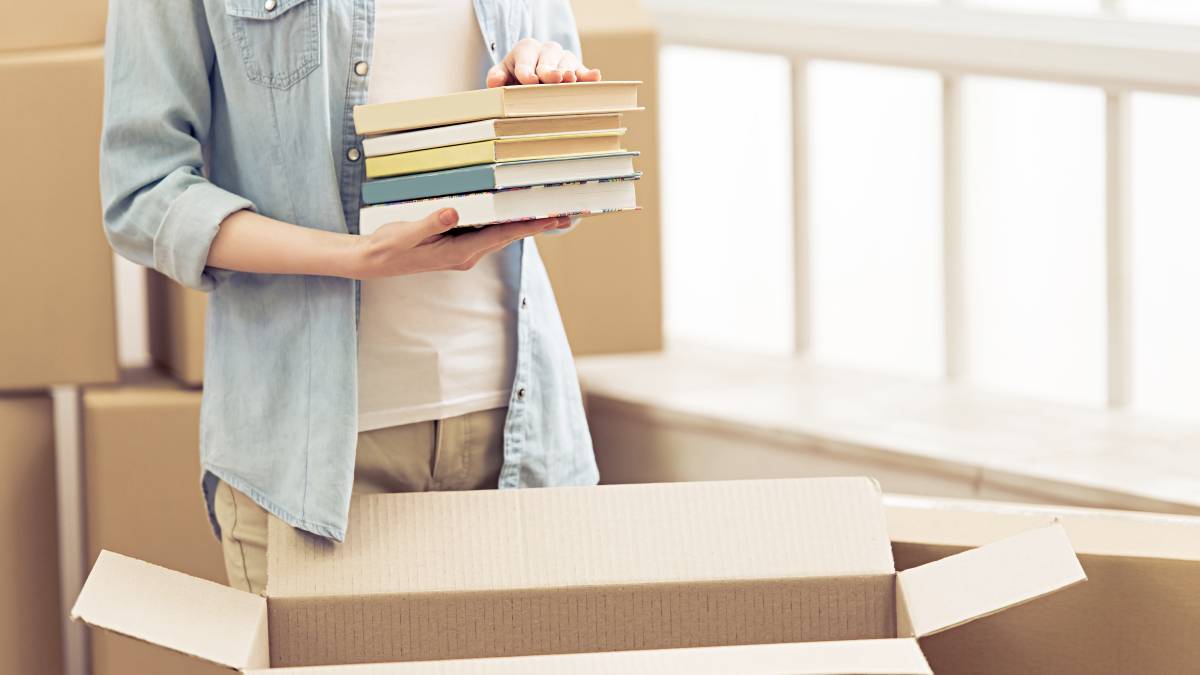
How to pack books for moving
Read more
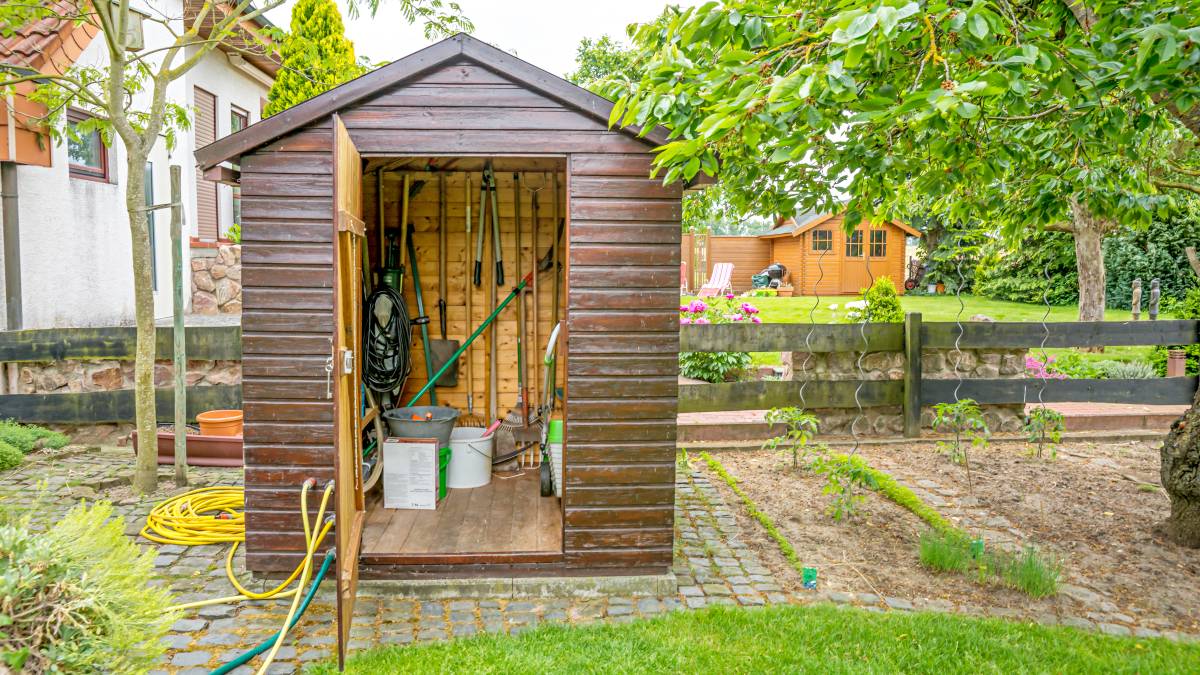
How to move a shed
Read more
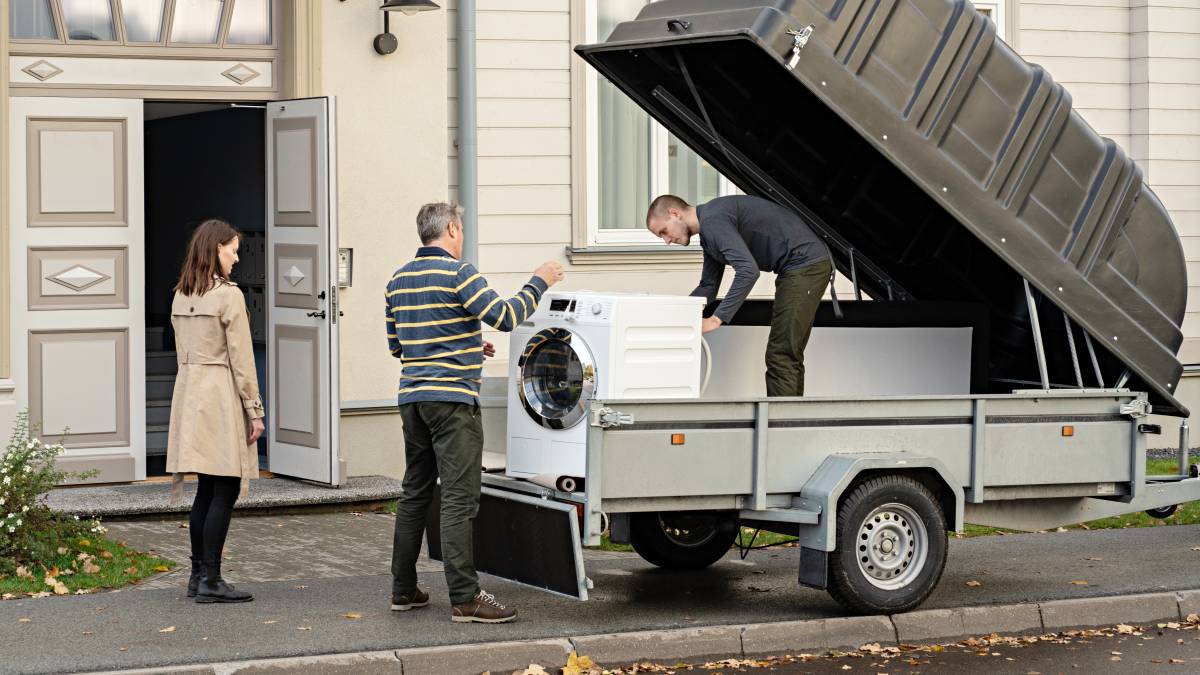
How to move a washing machine
Read more
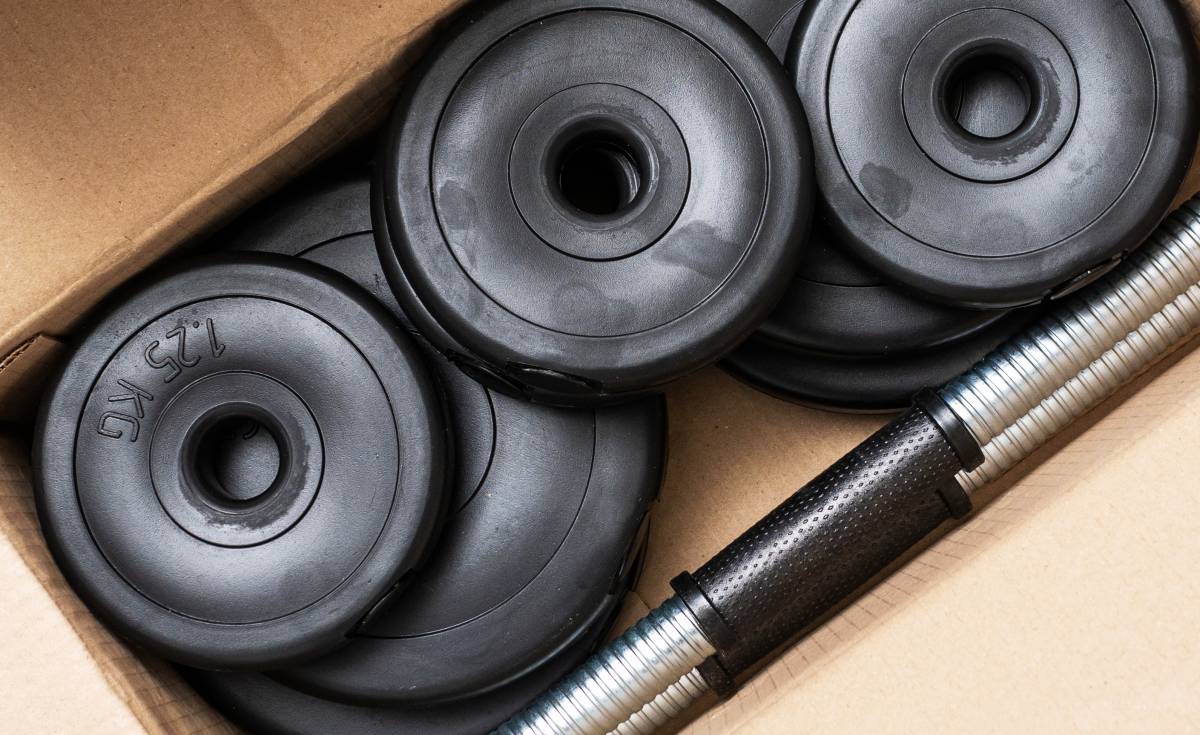
How to move gym equipment safely
Read more
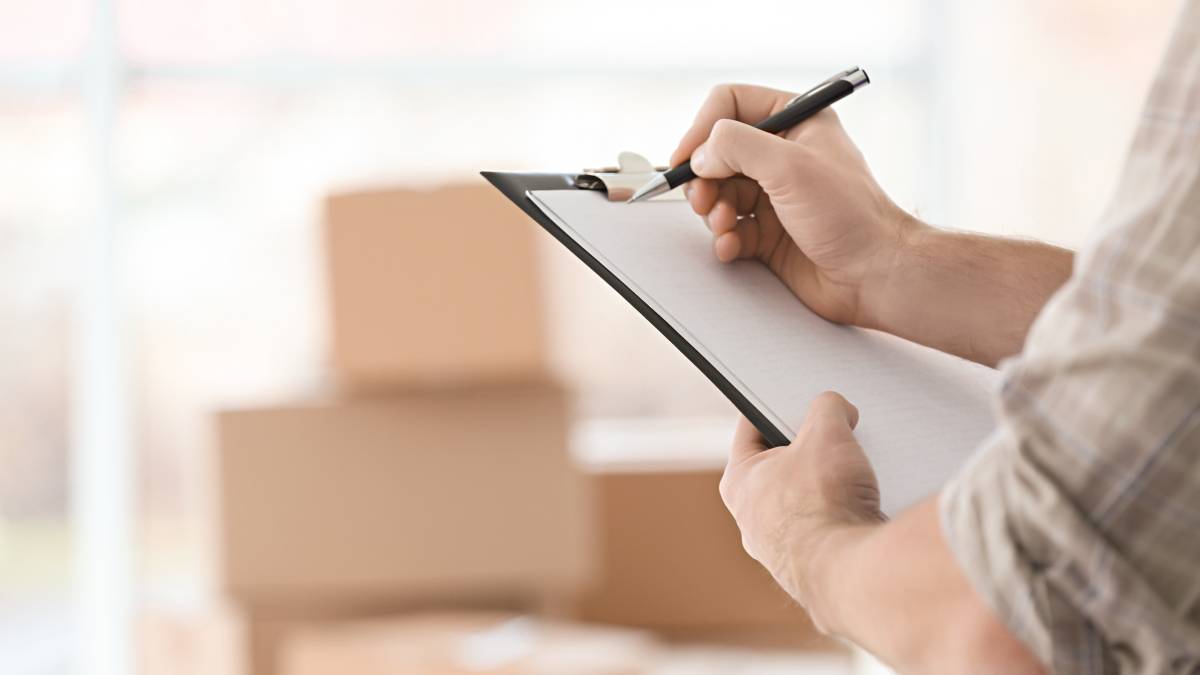
What removalists won’t move
Read more
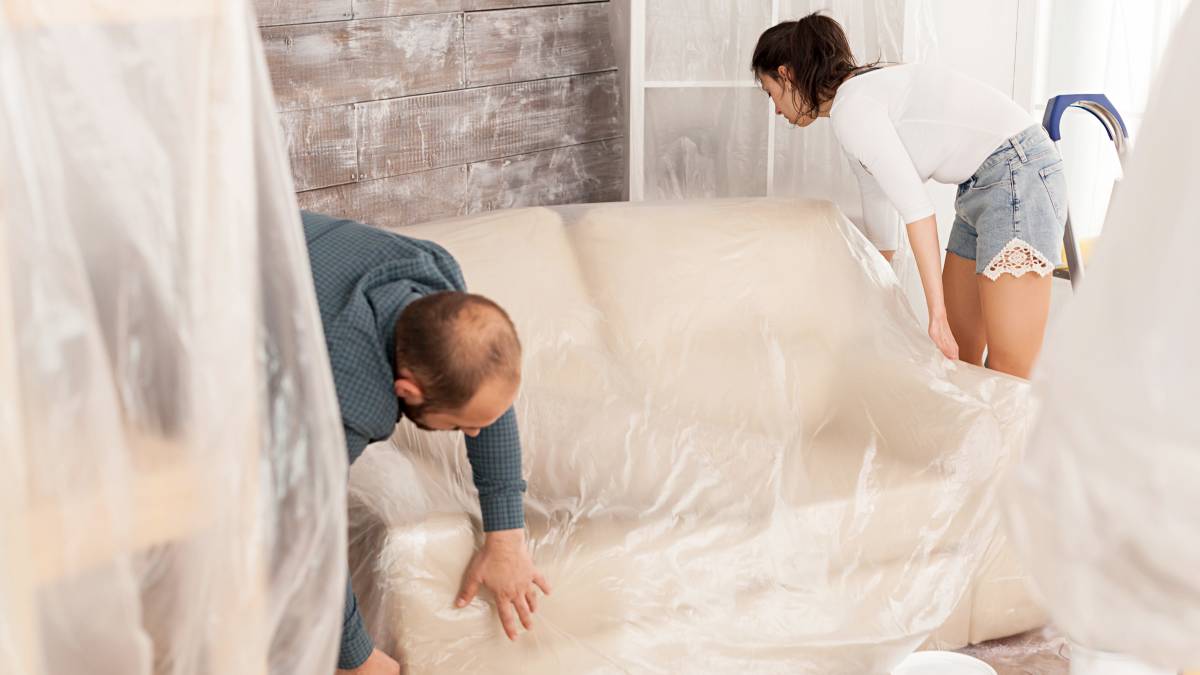
How to wrap furniture for moving
Read more
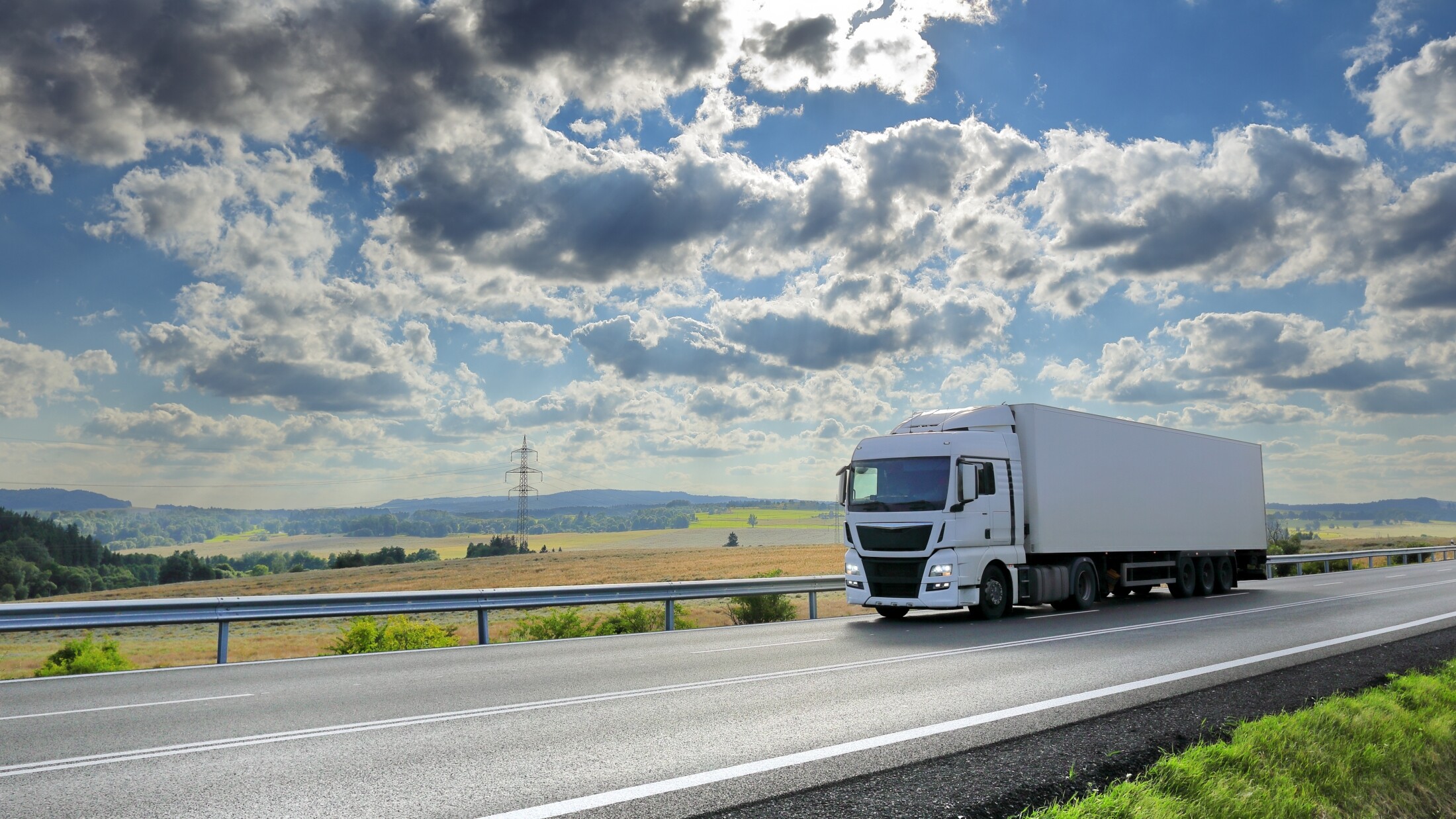
Moving interstate checklist
Read more
Related price guides
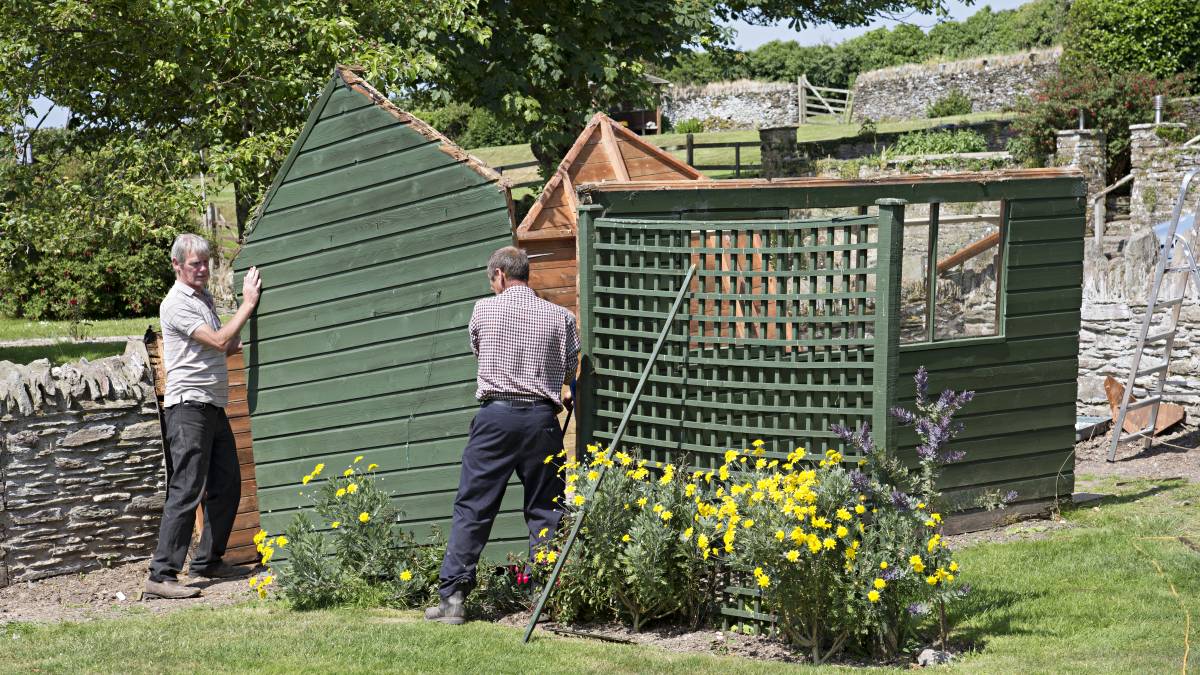
How much does shed removal cost?
Read more
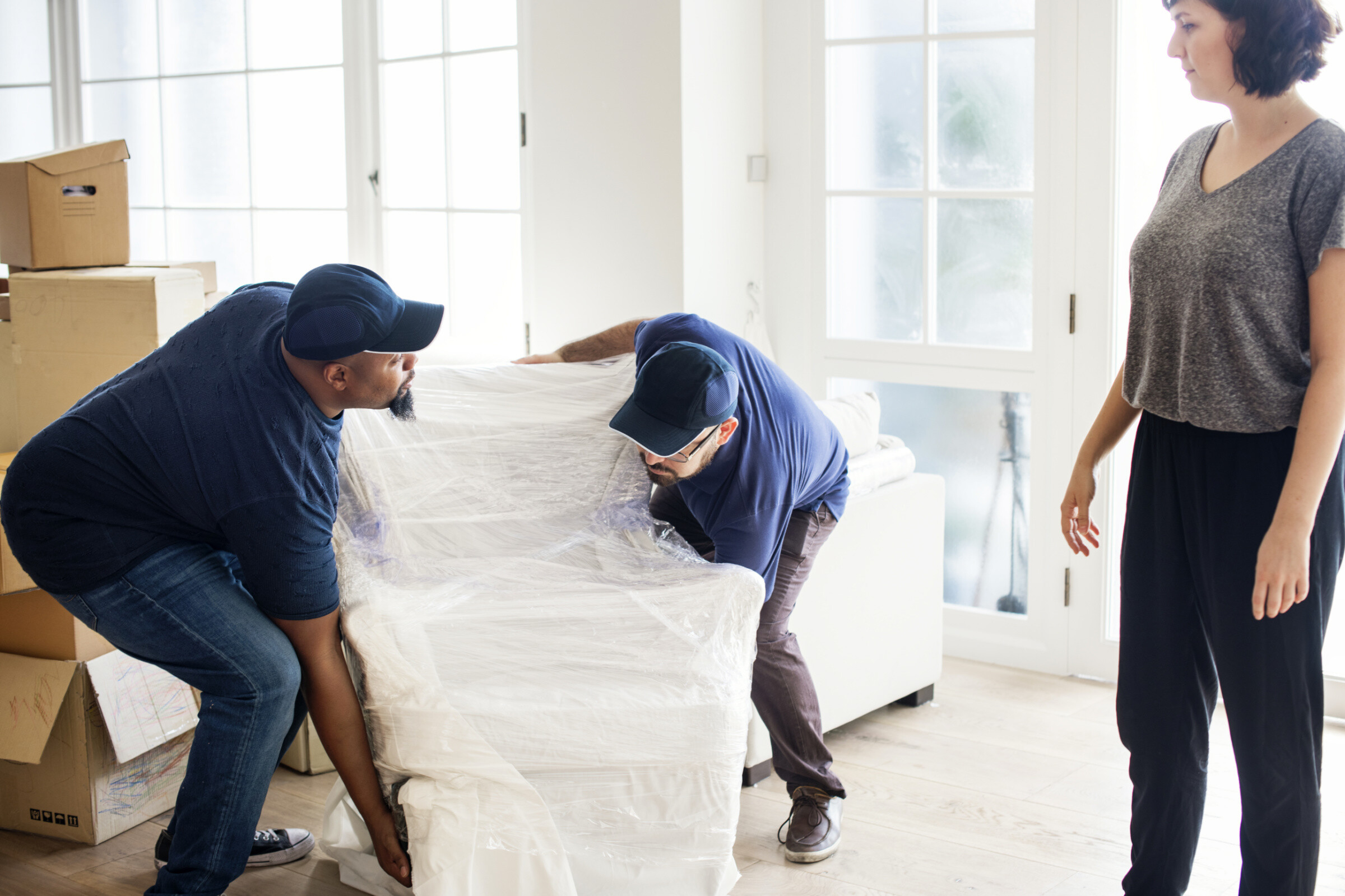
How much does it cost to move house?
Read more
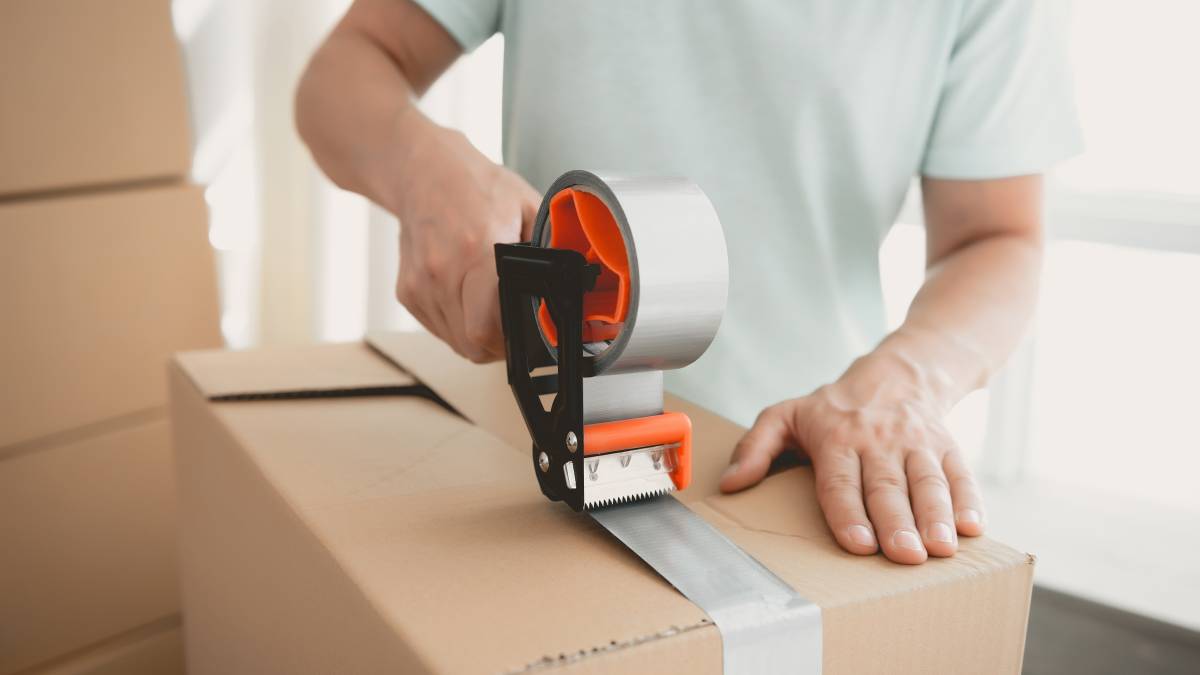
How much do packers cost?
Read more
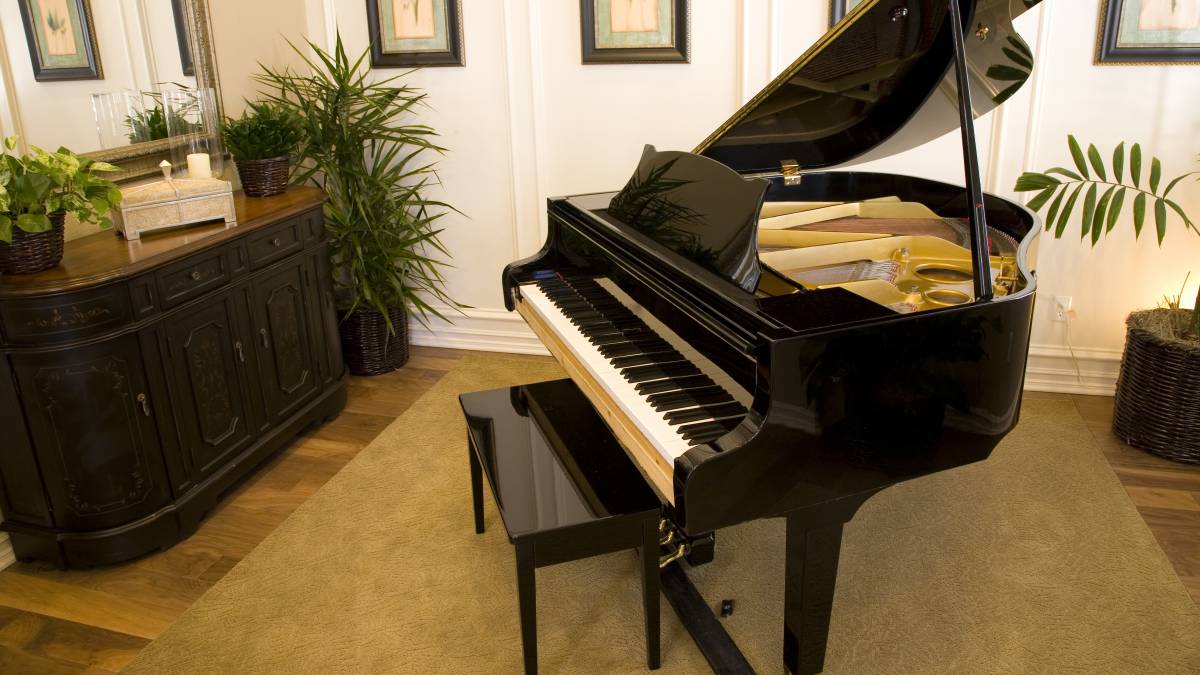
How much does piano moving cost?
Read more
